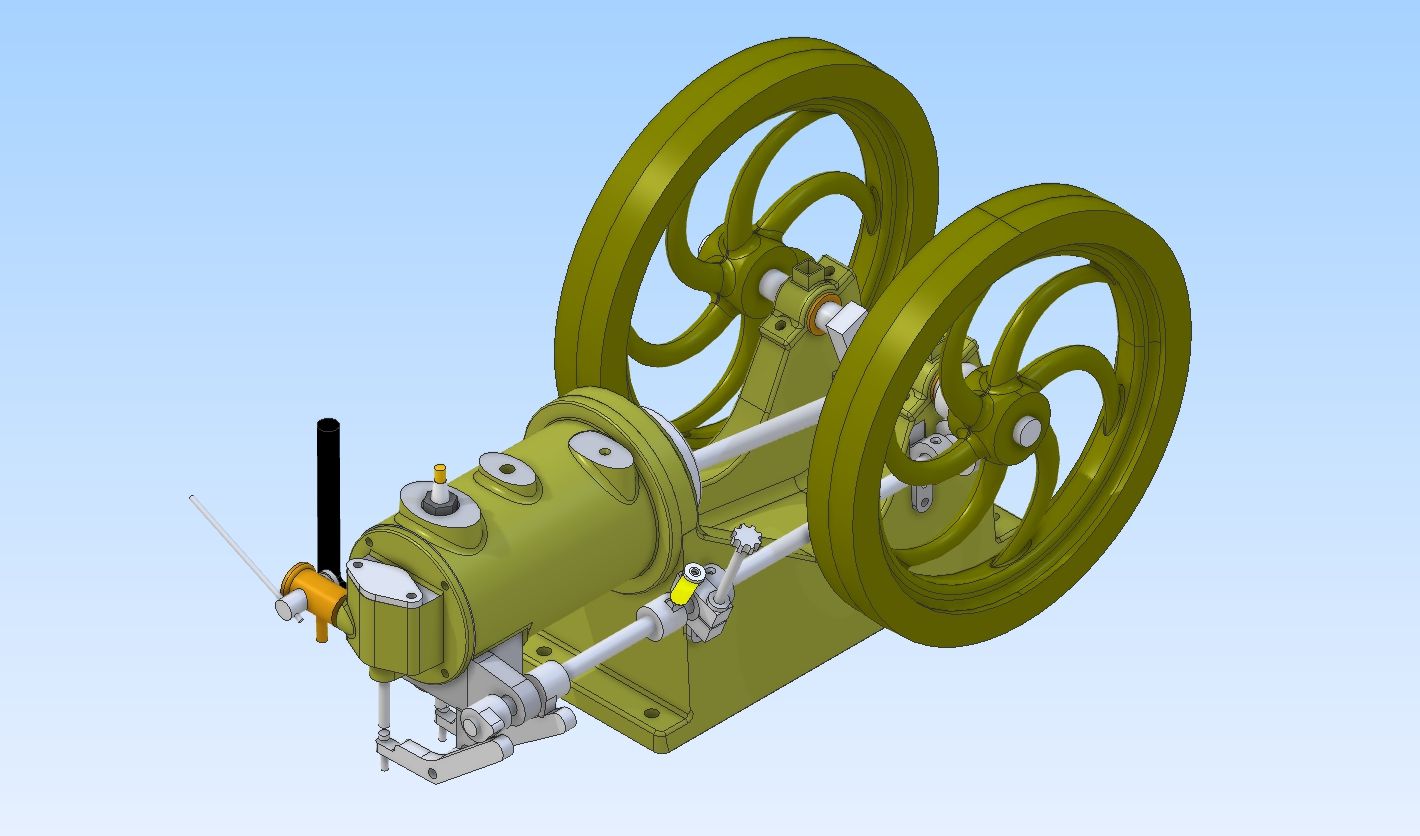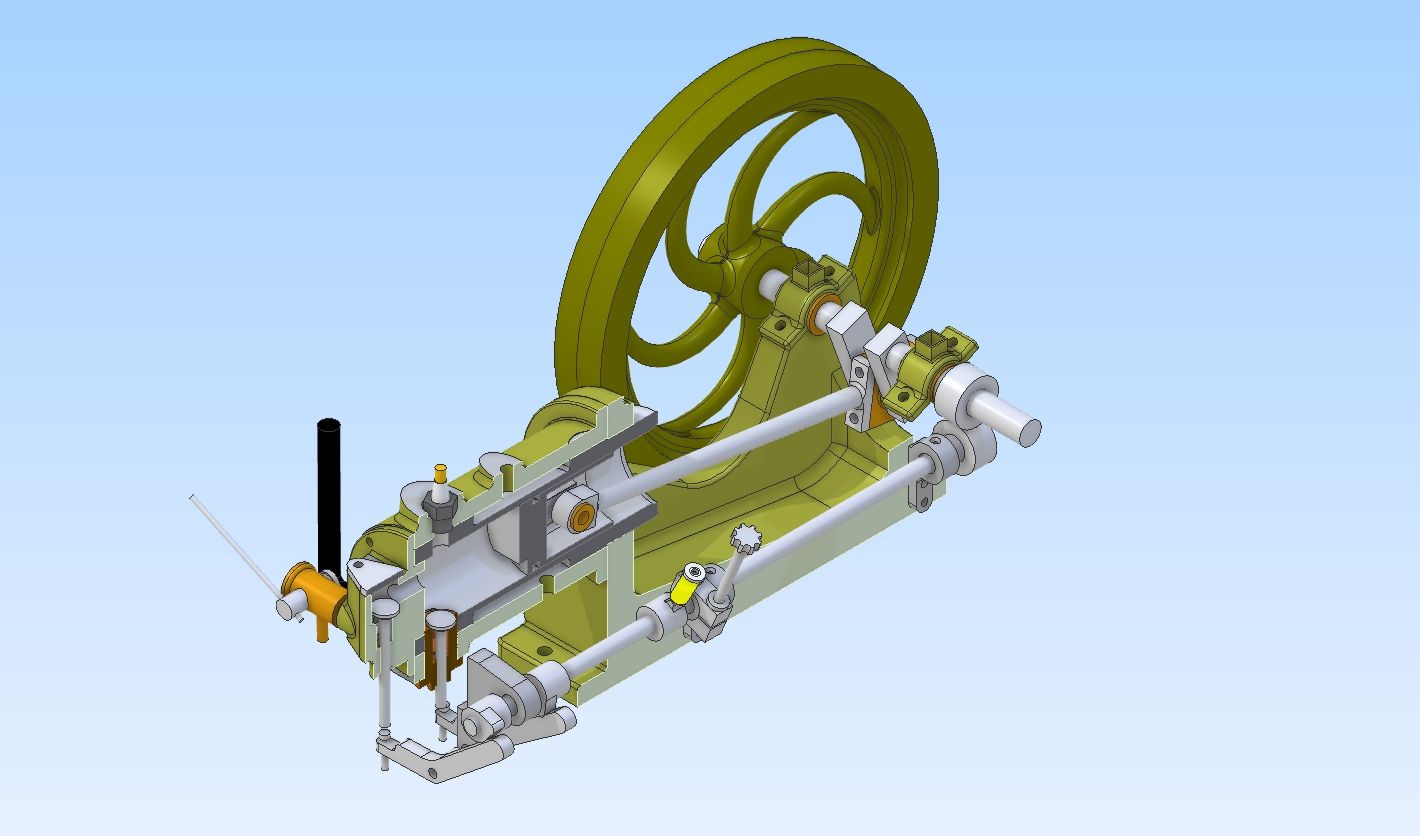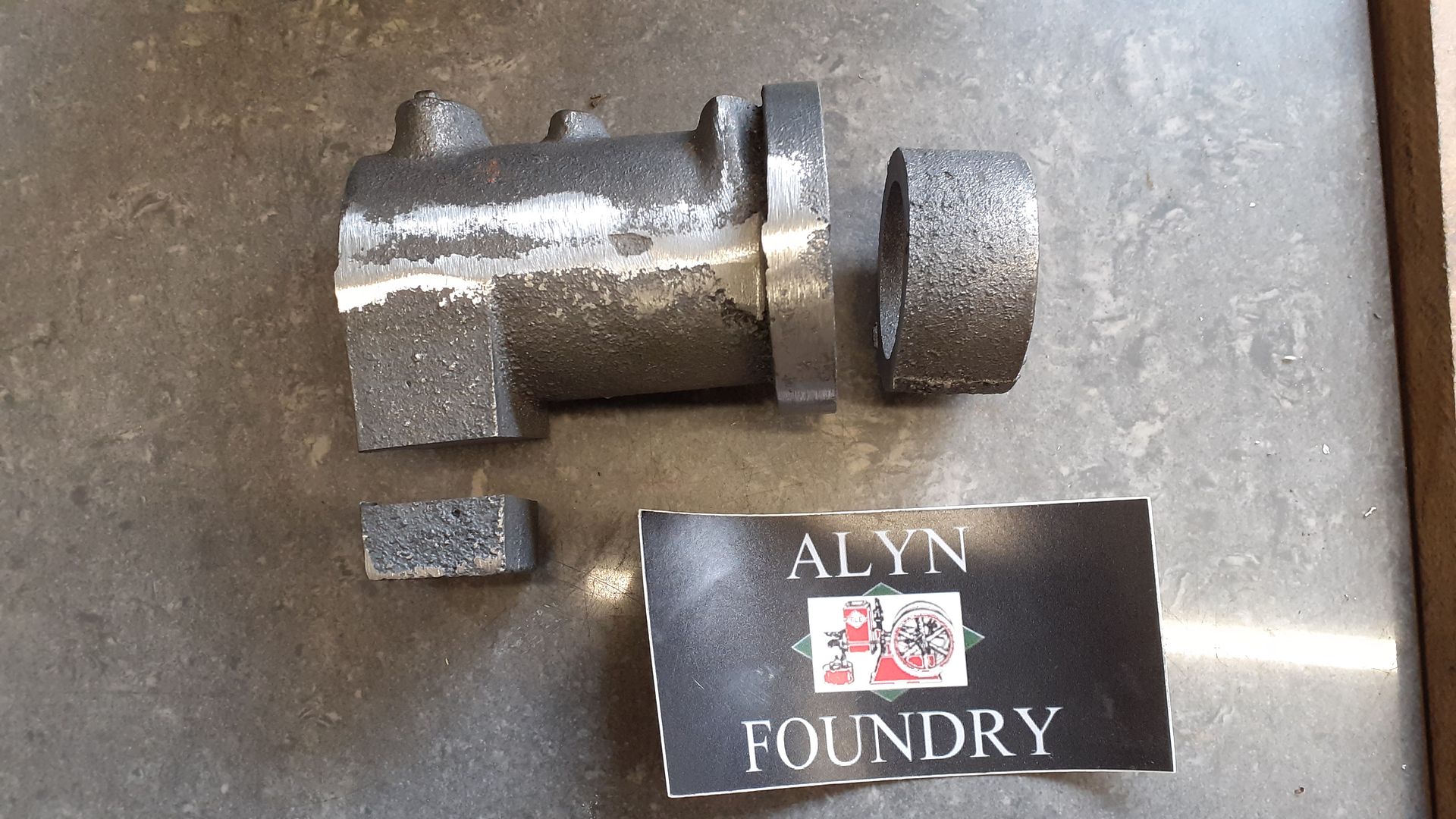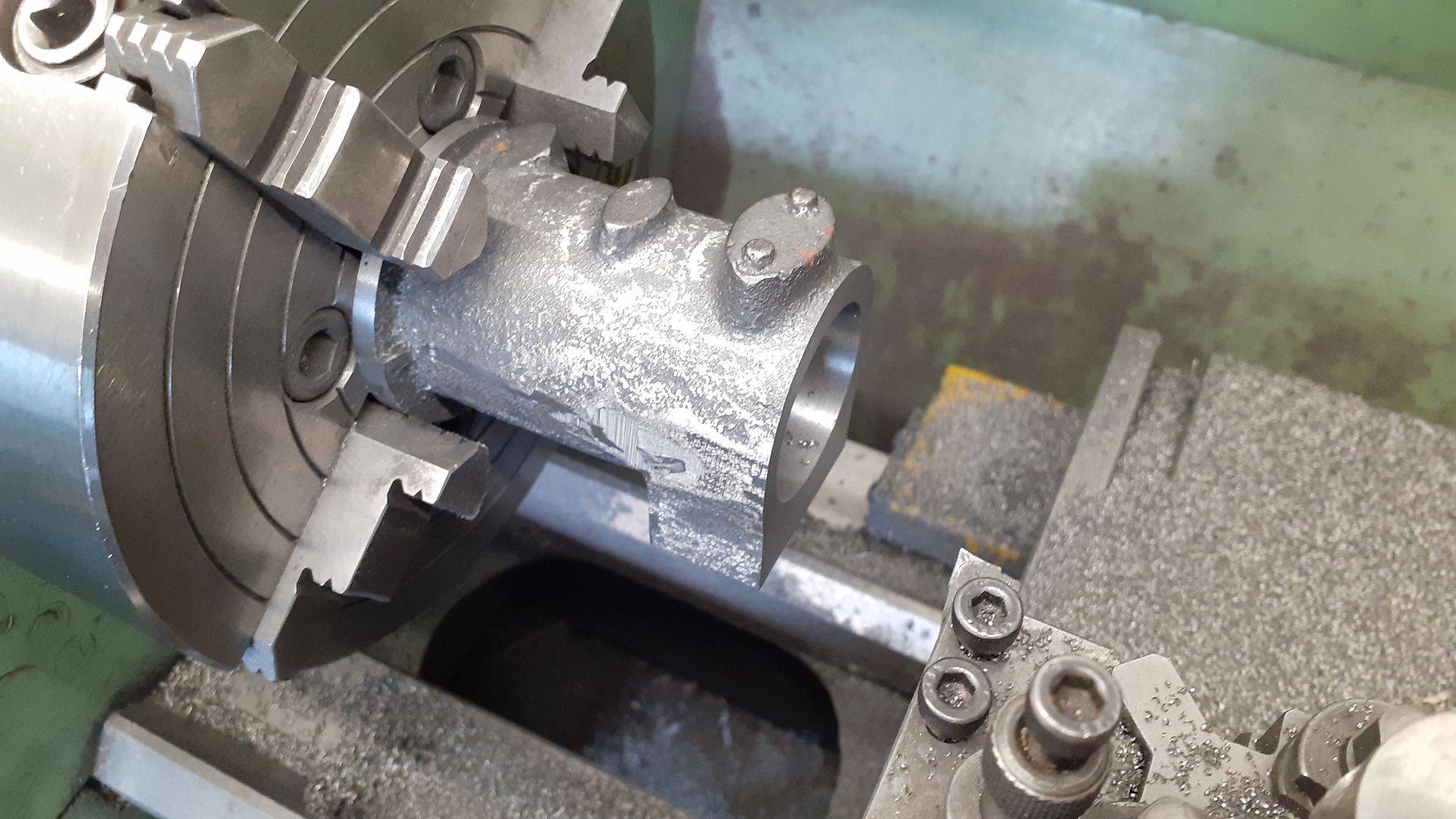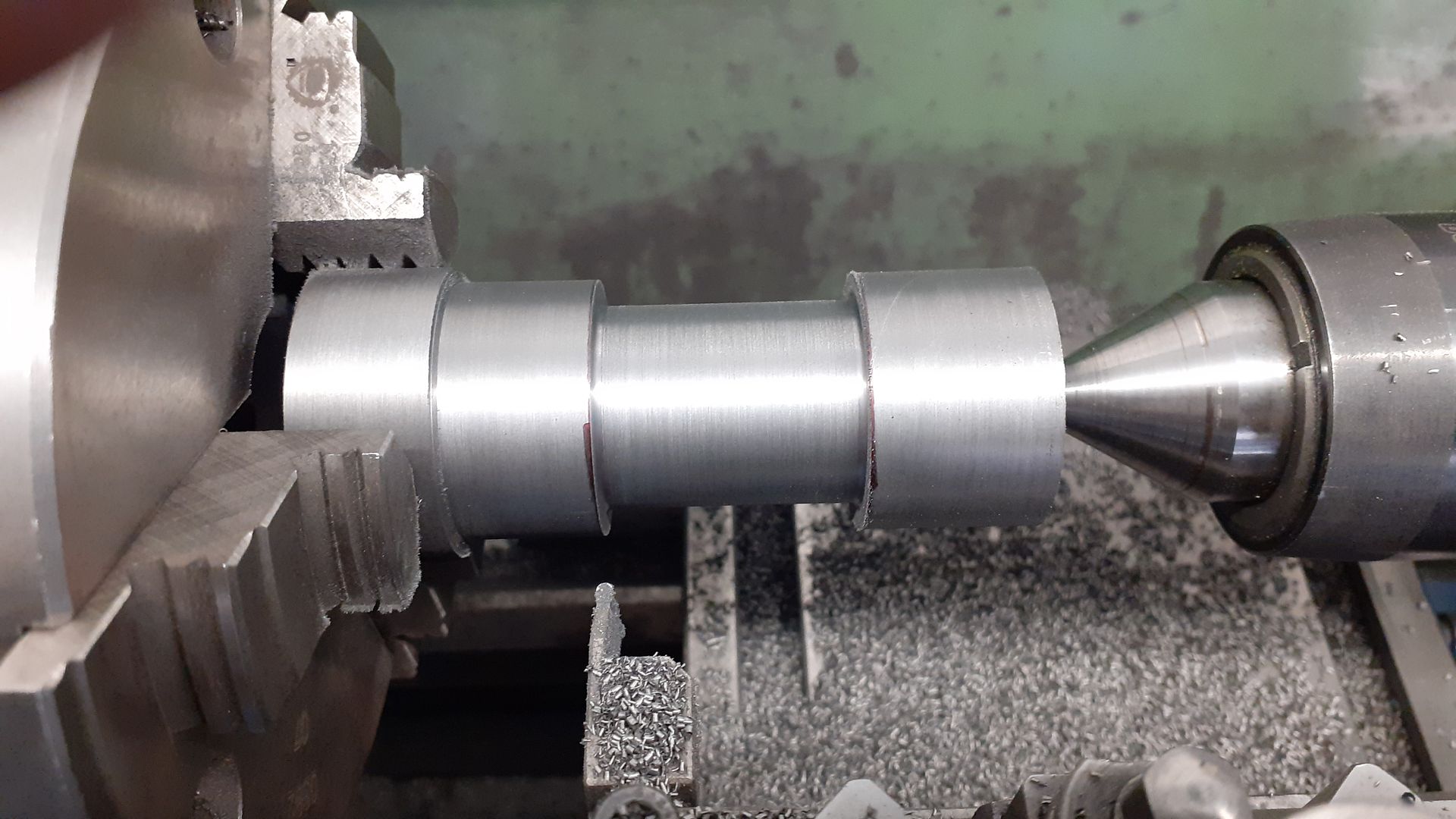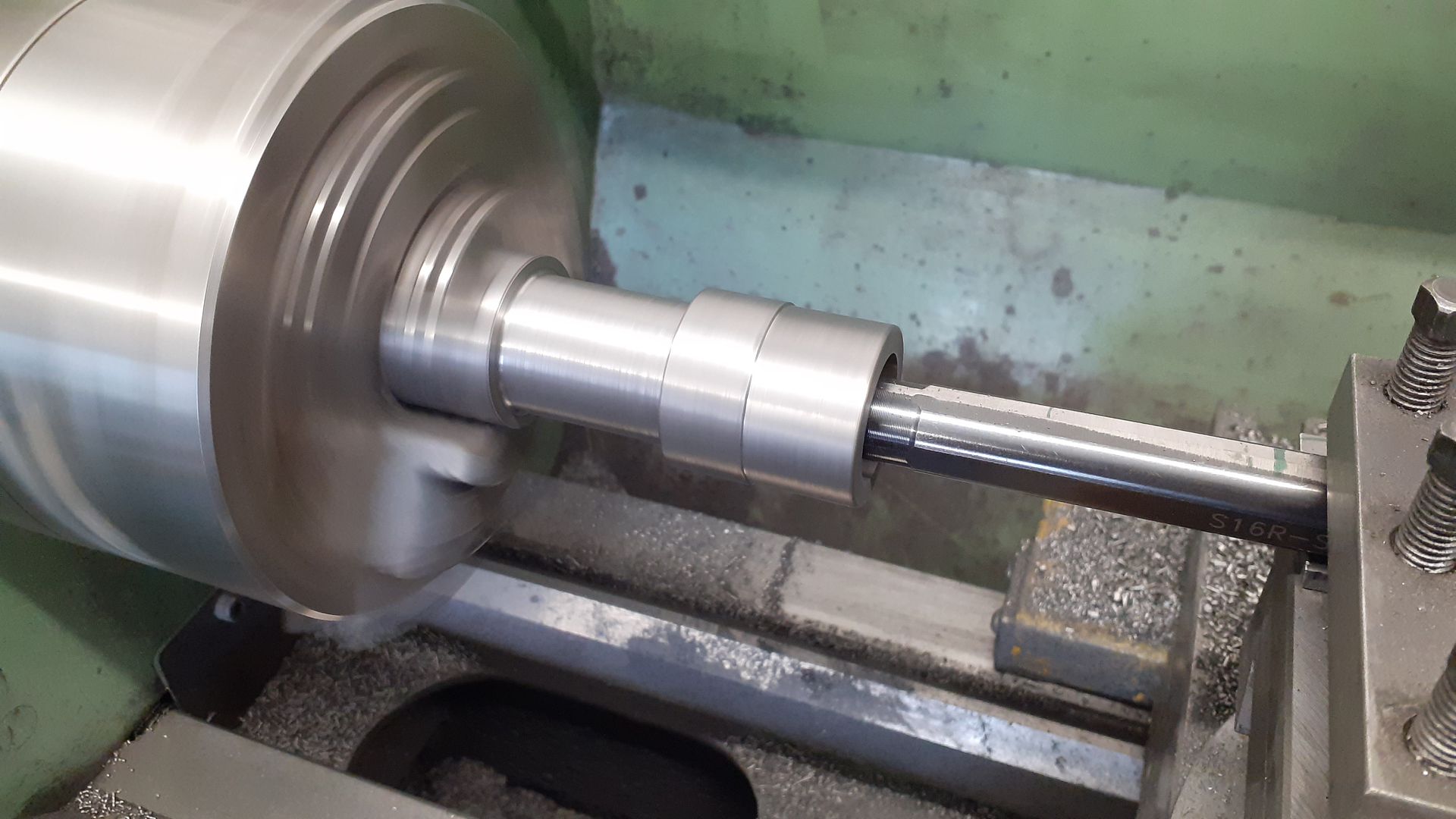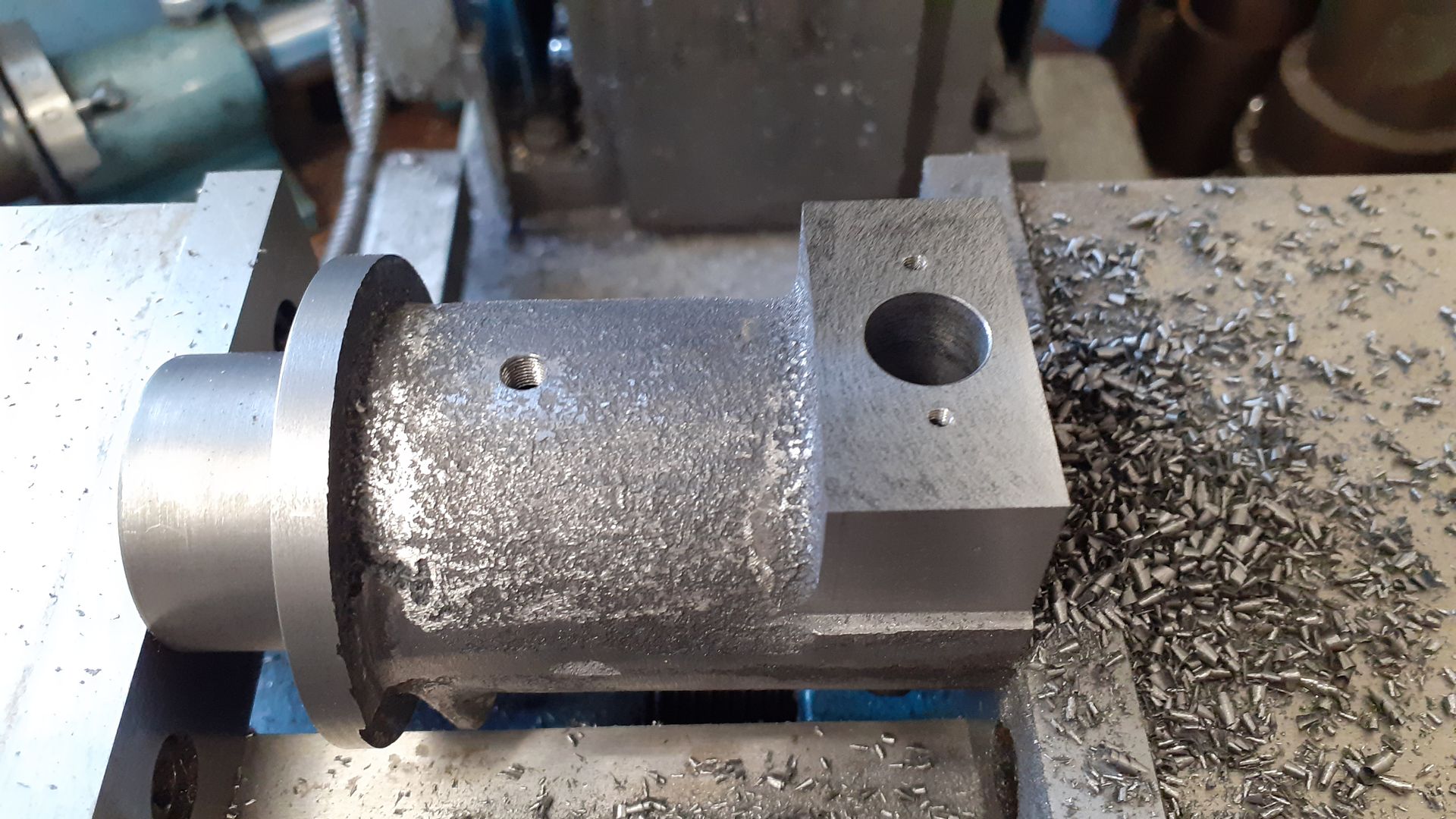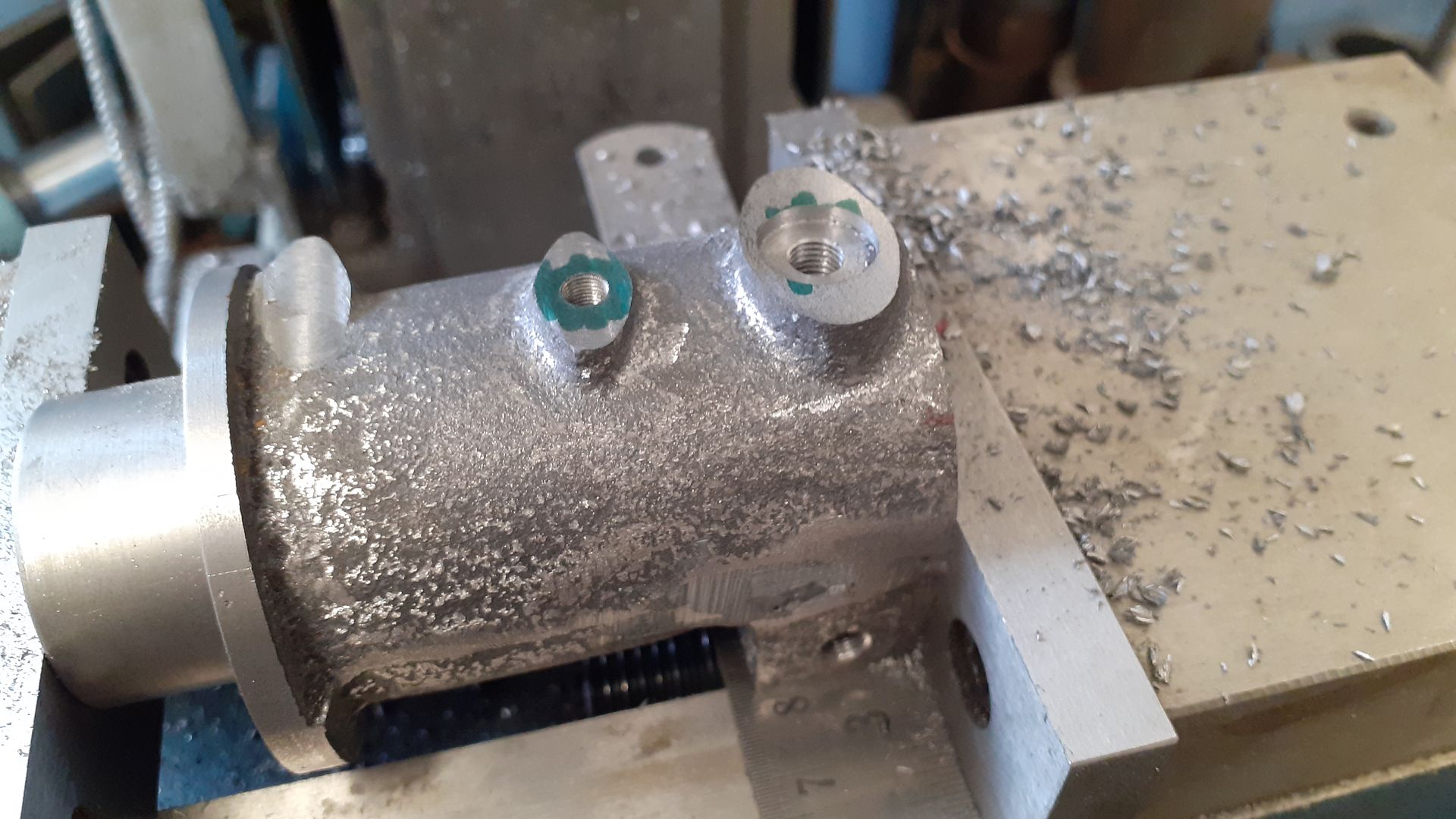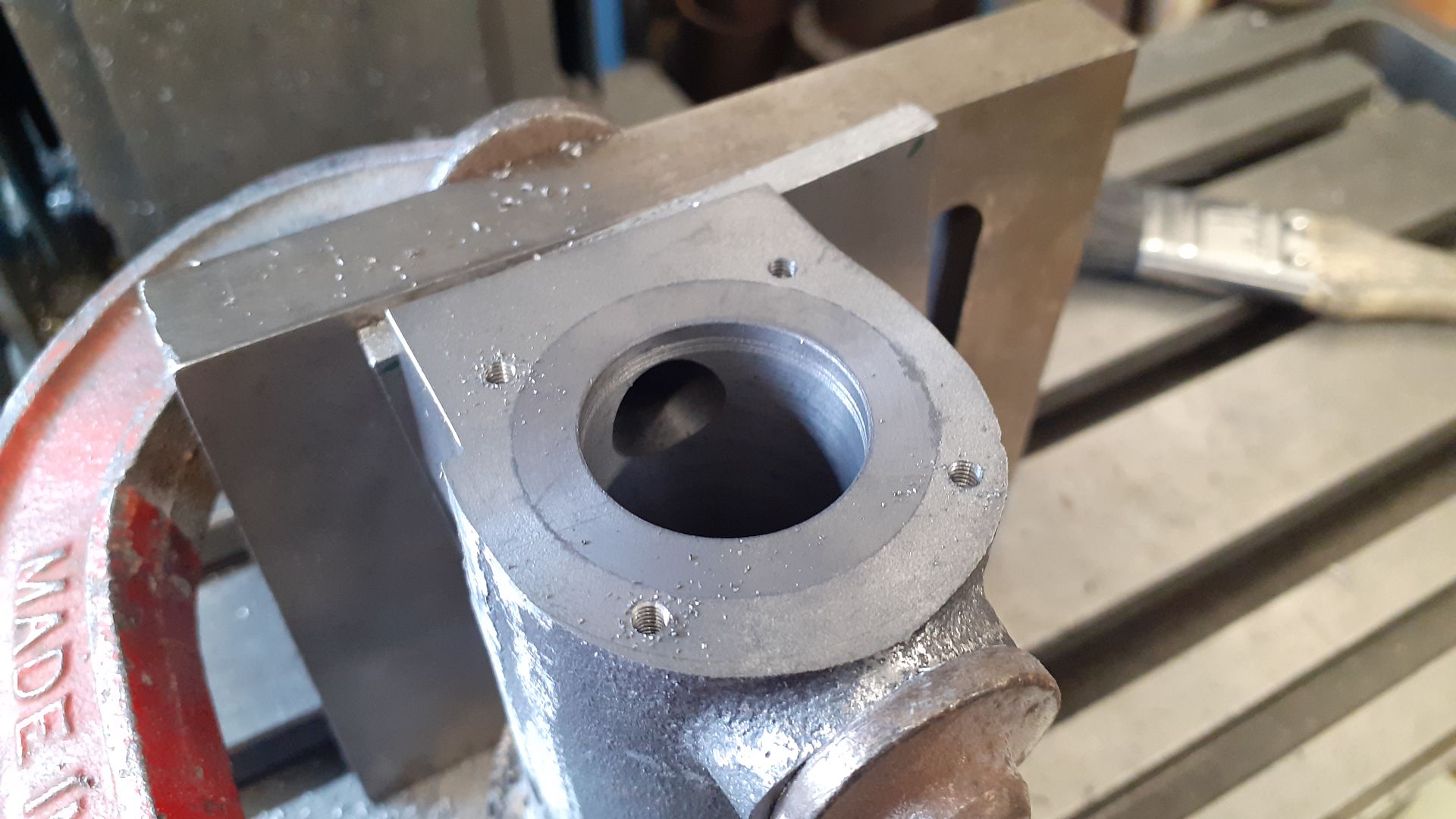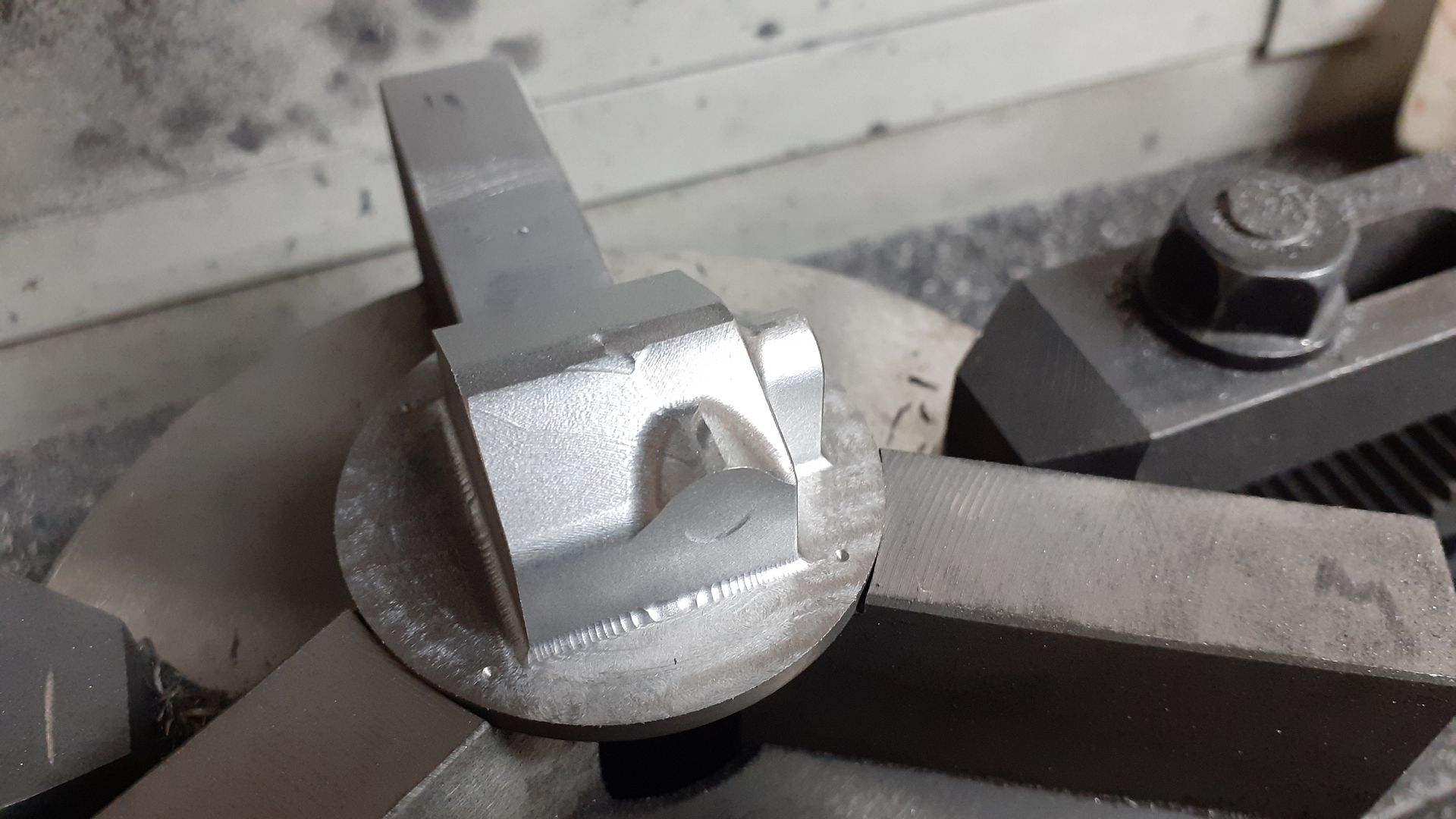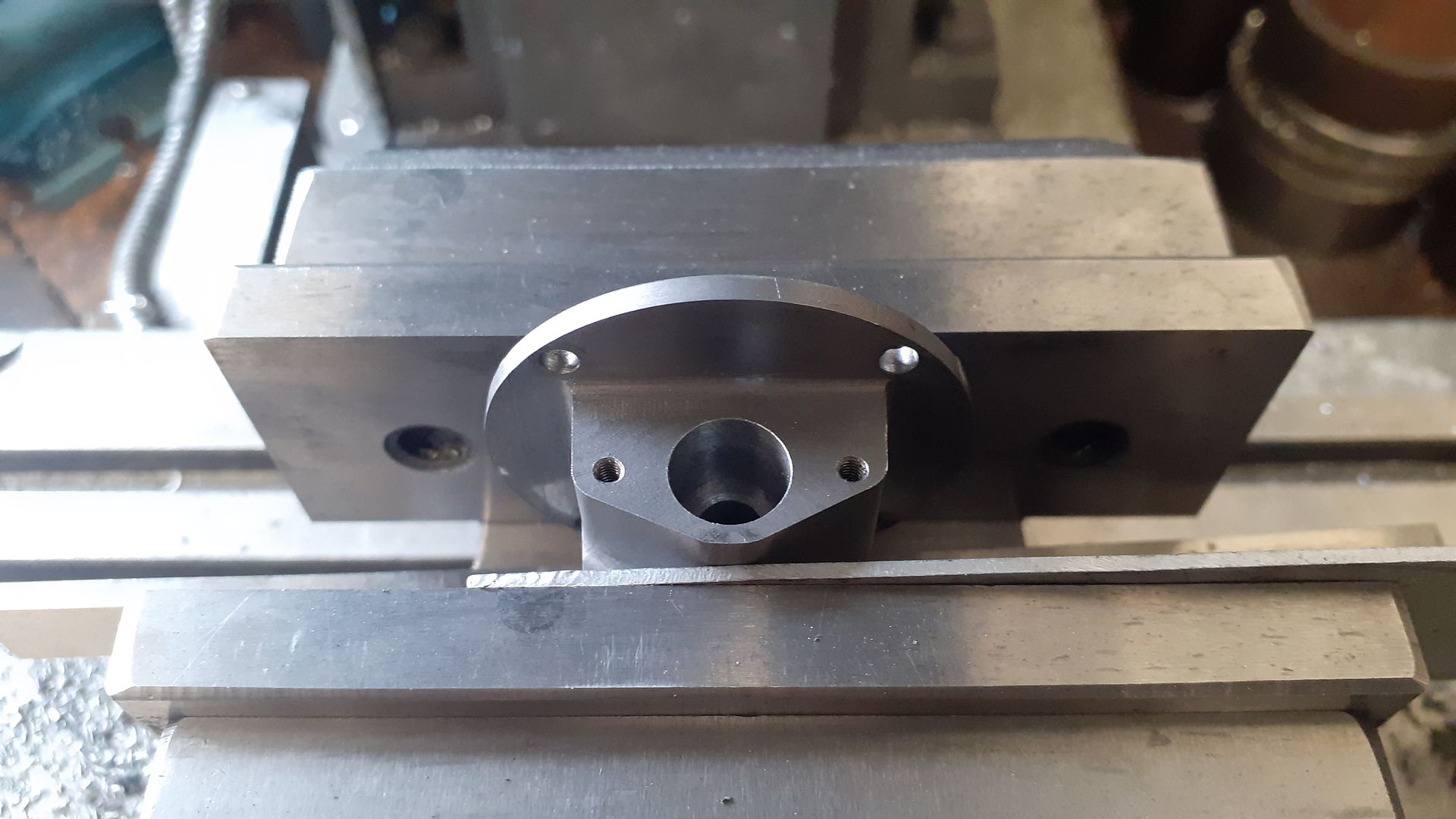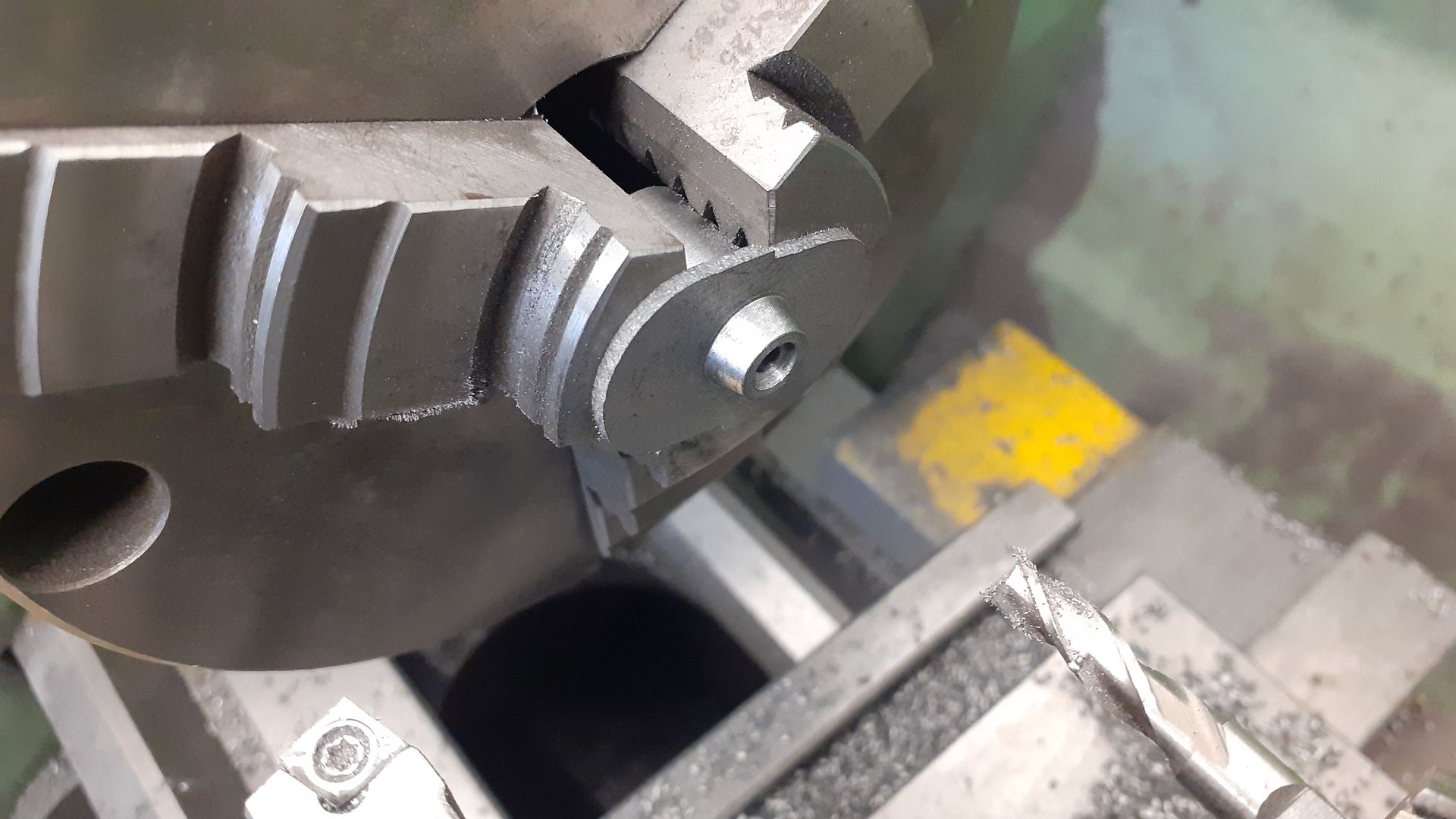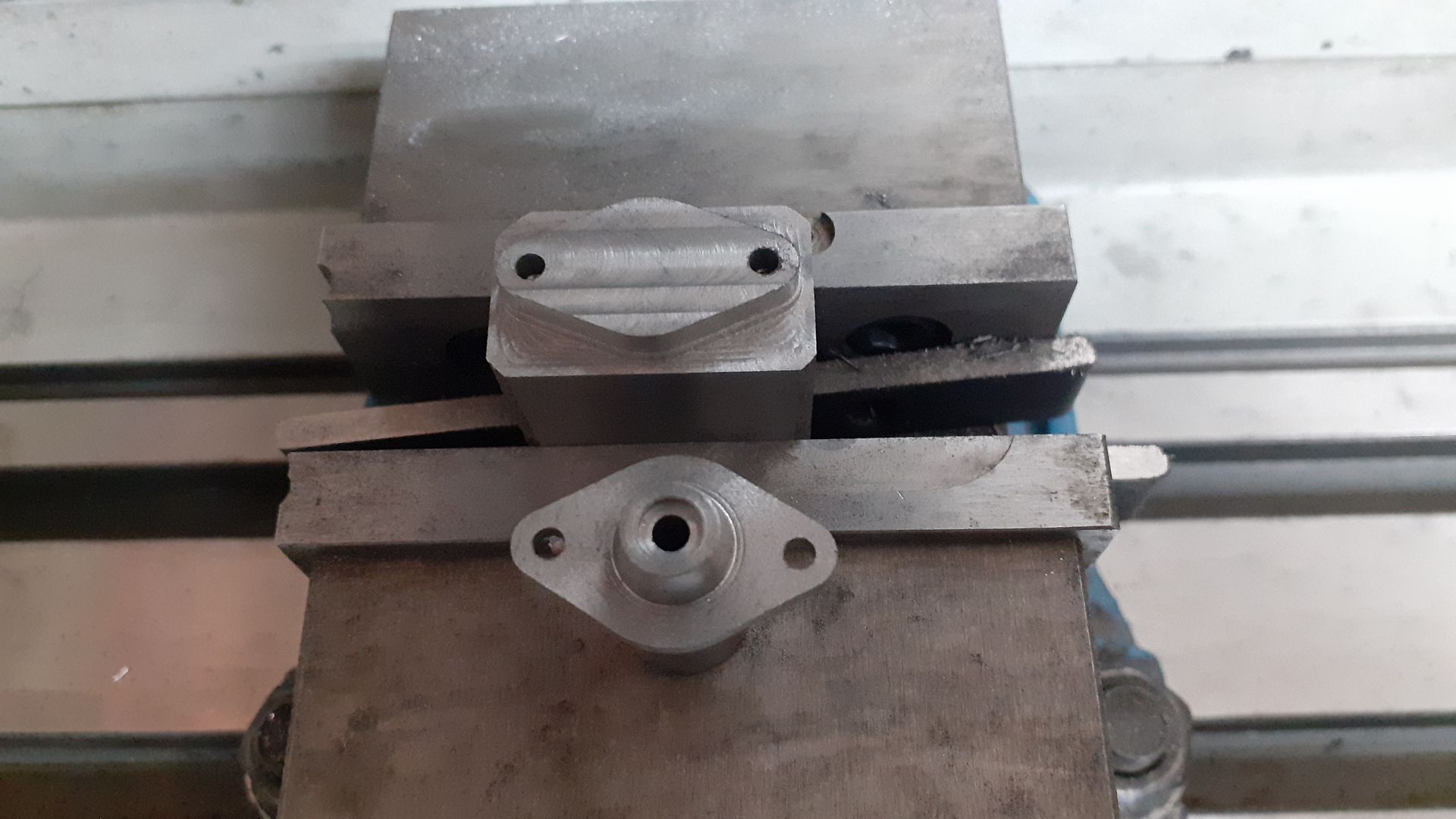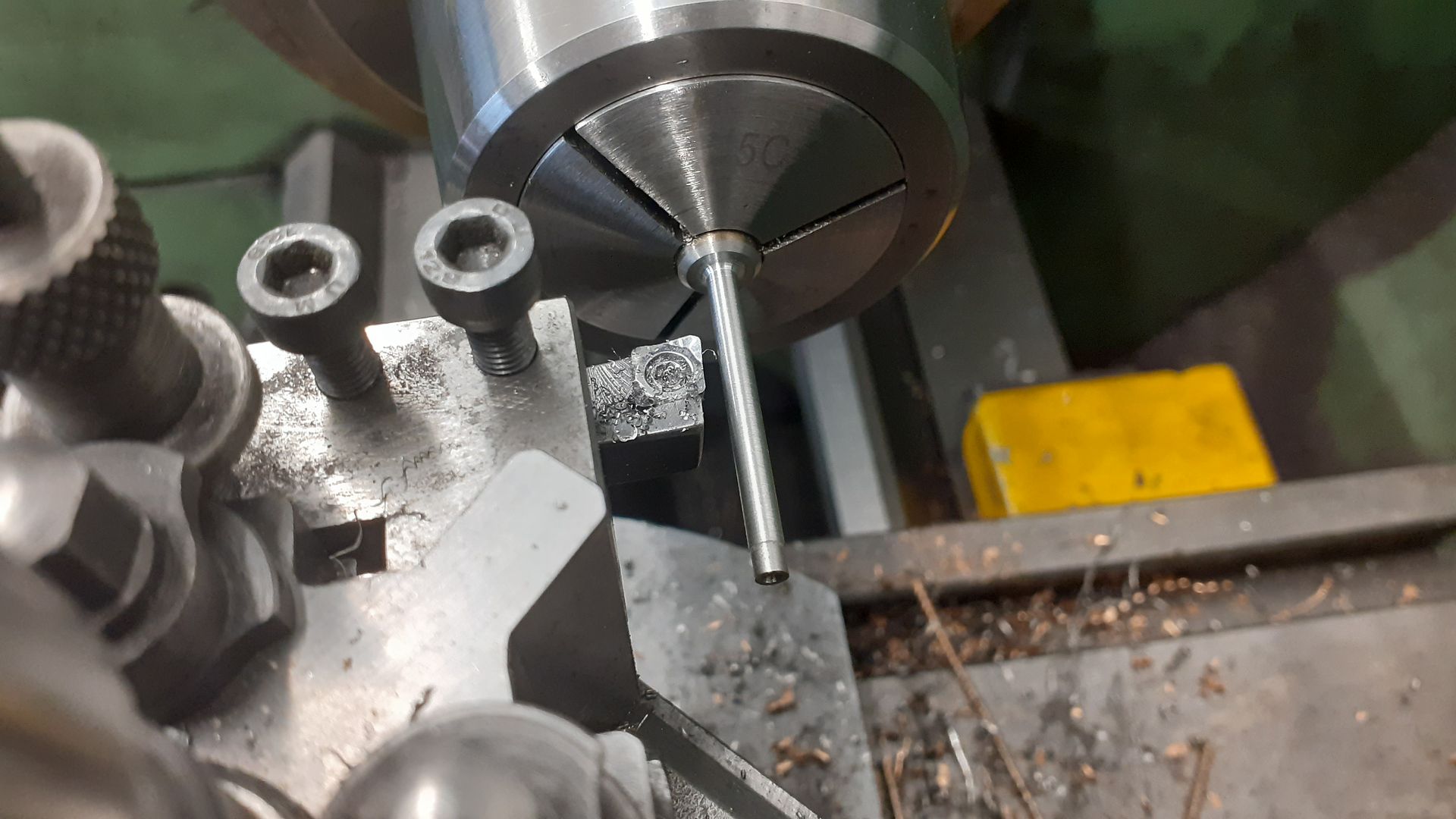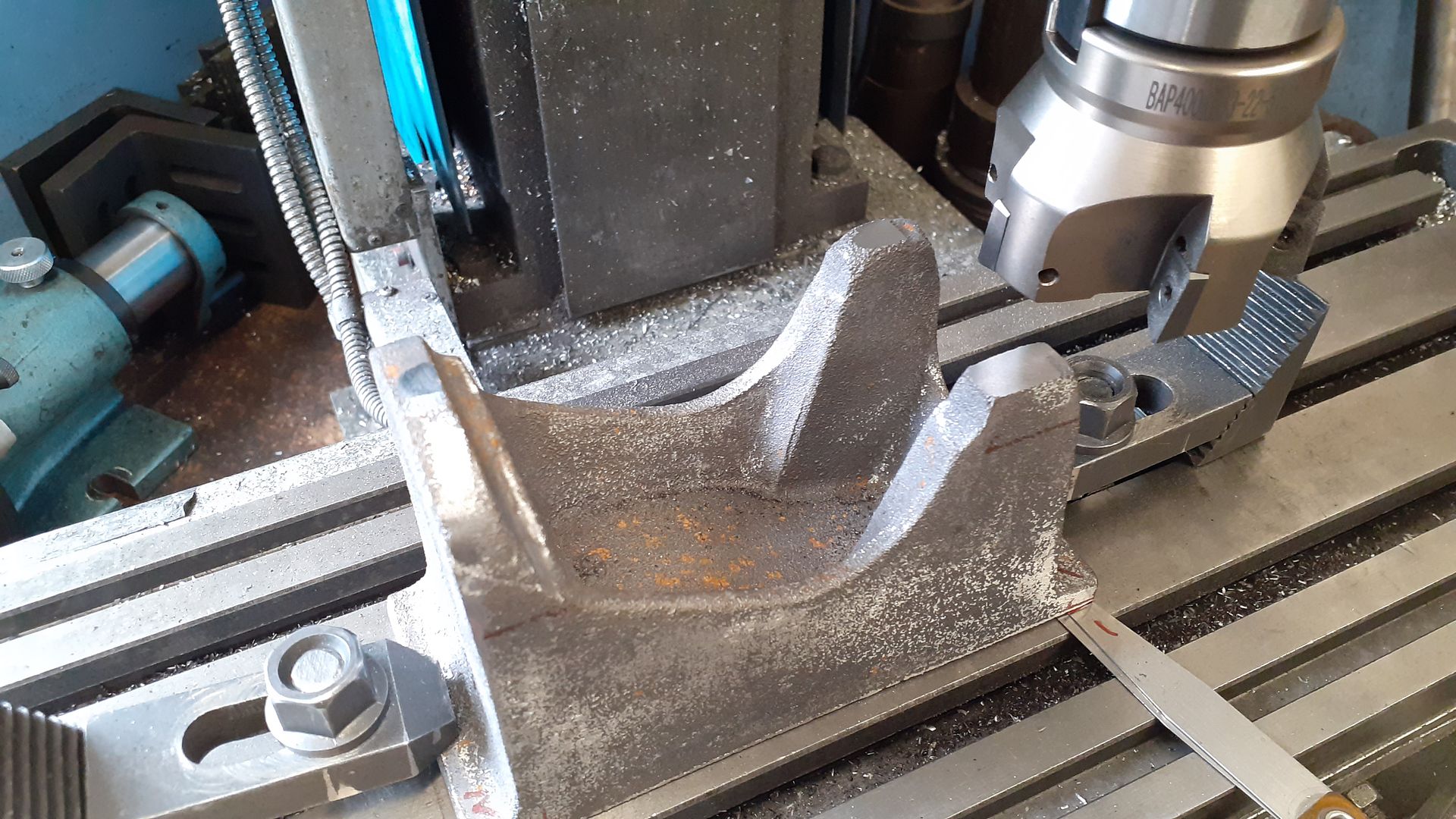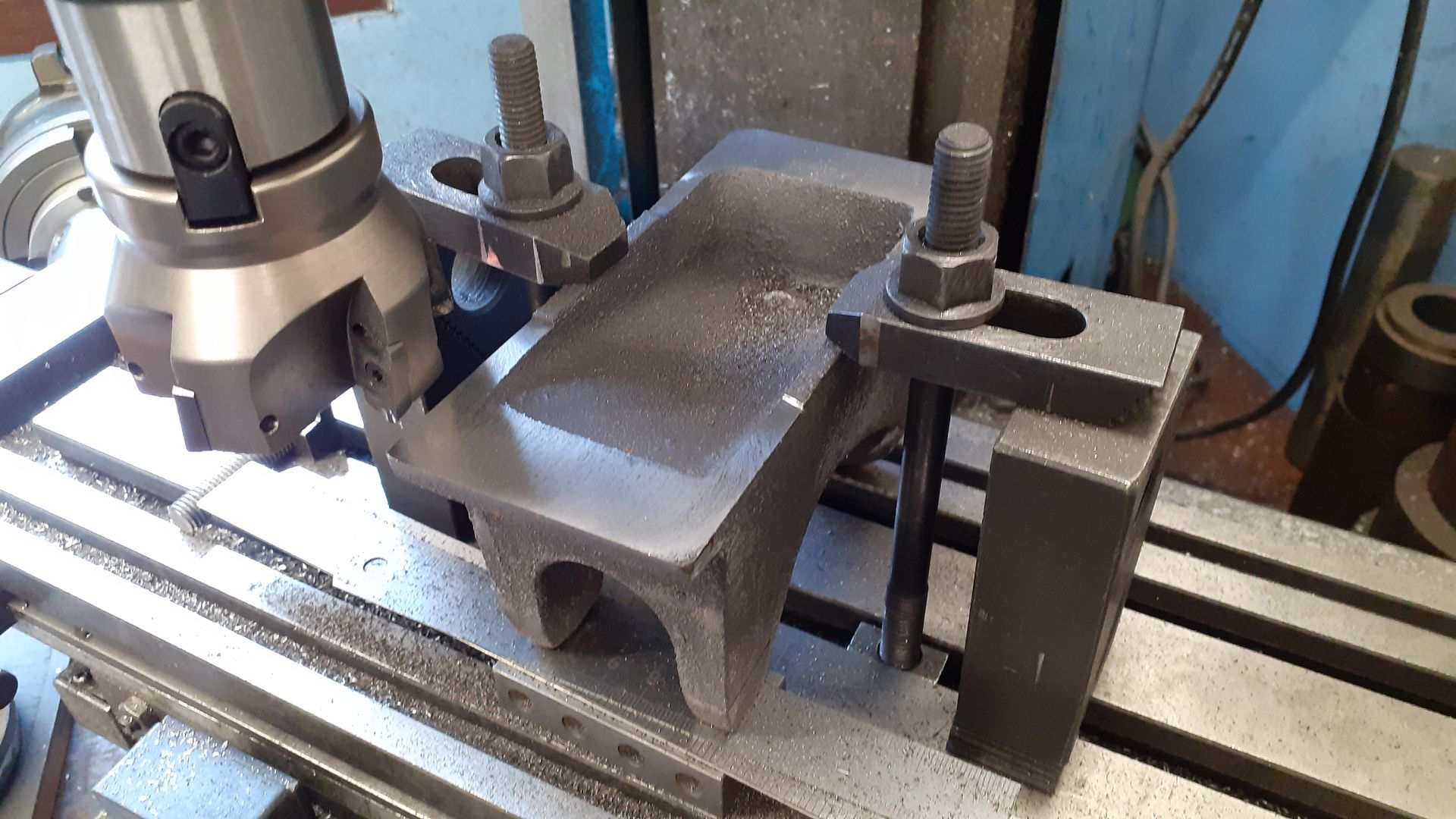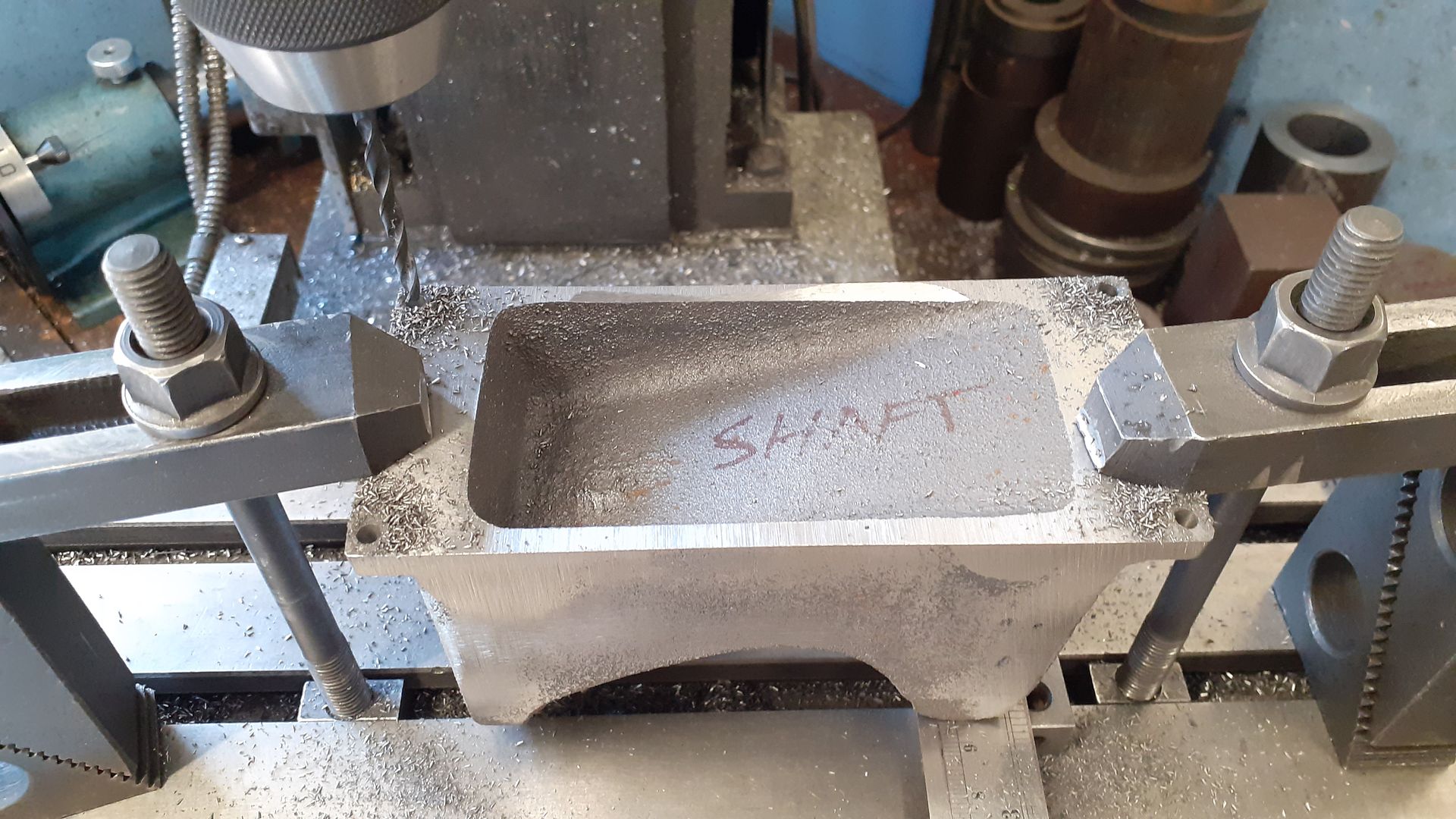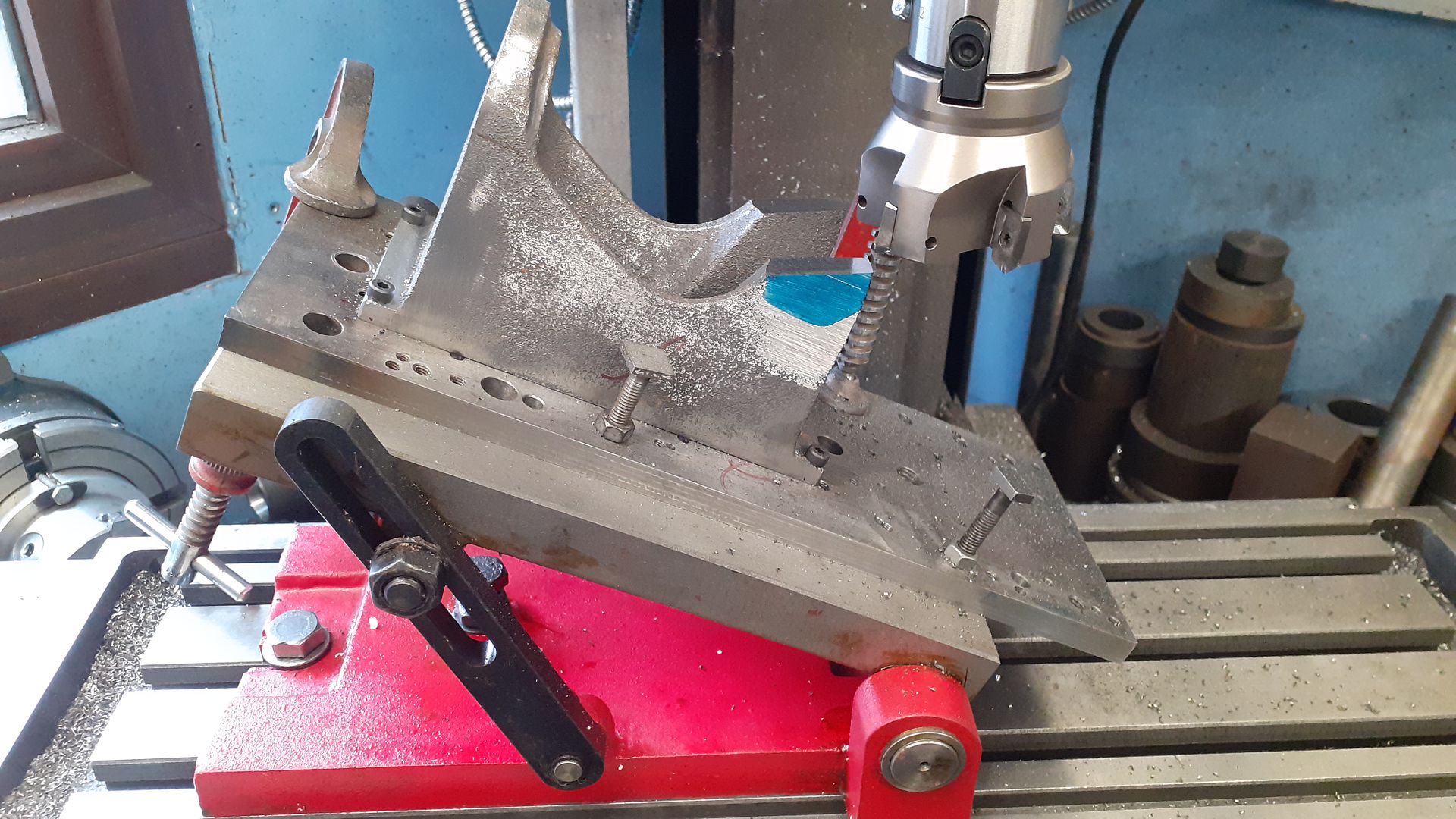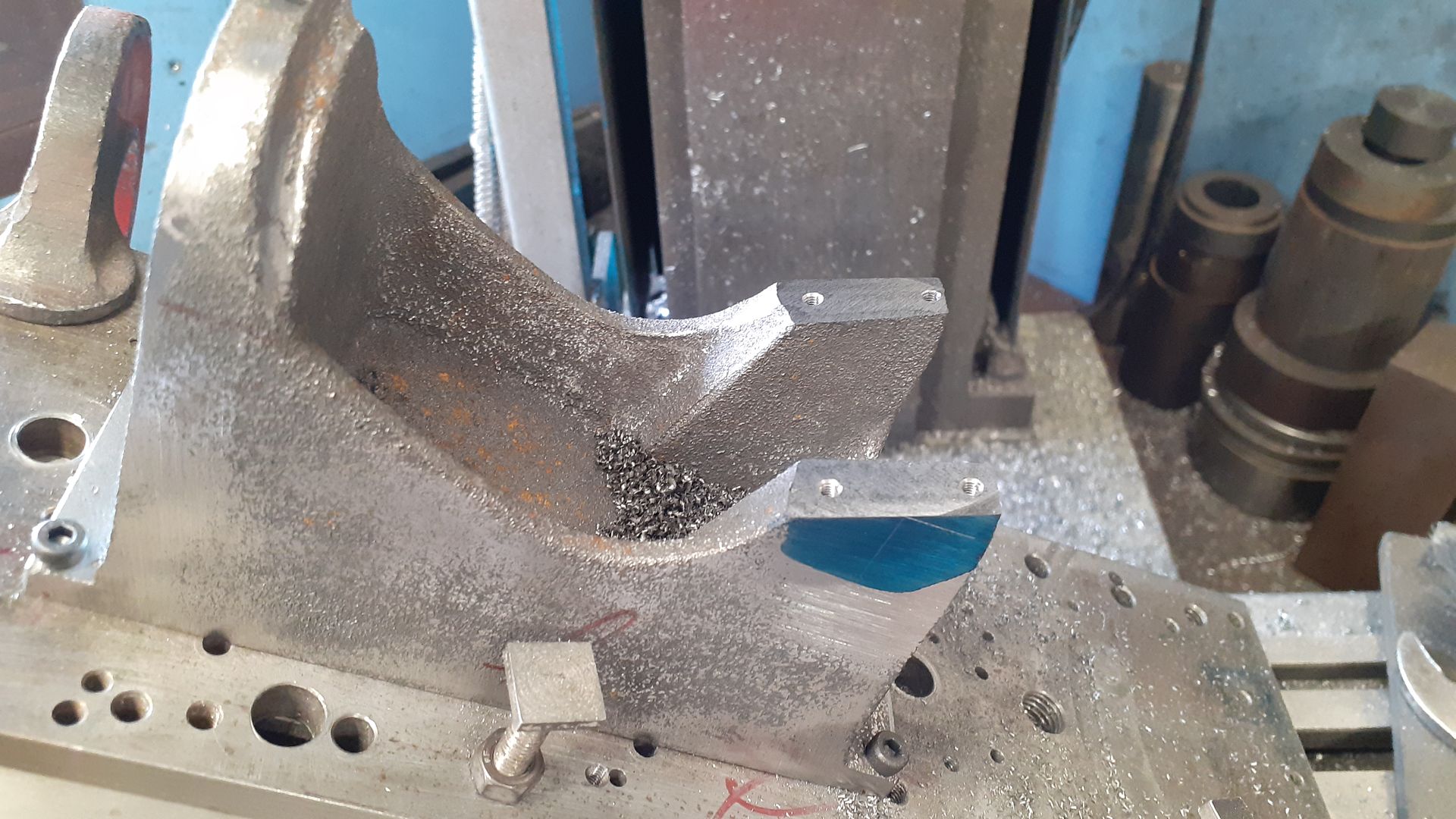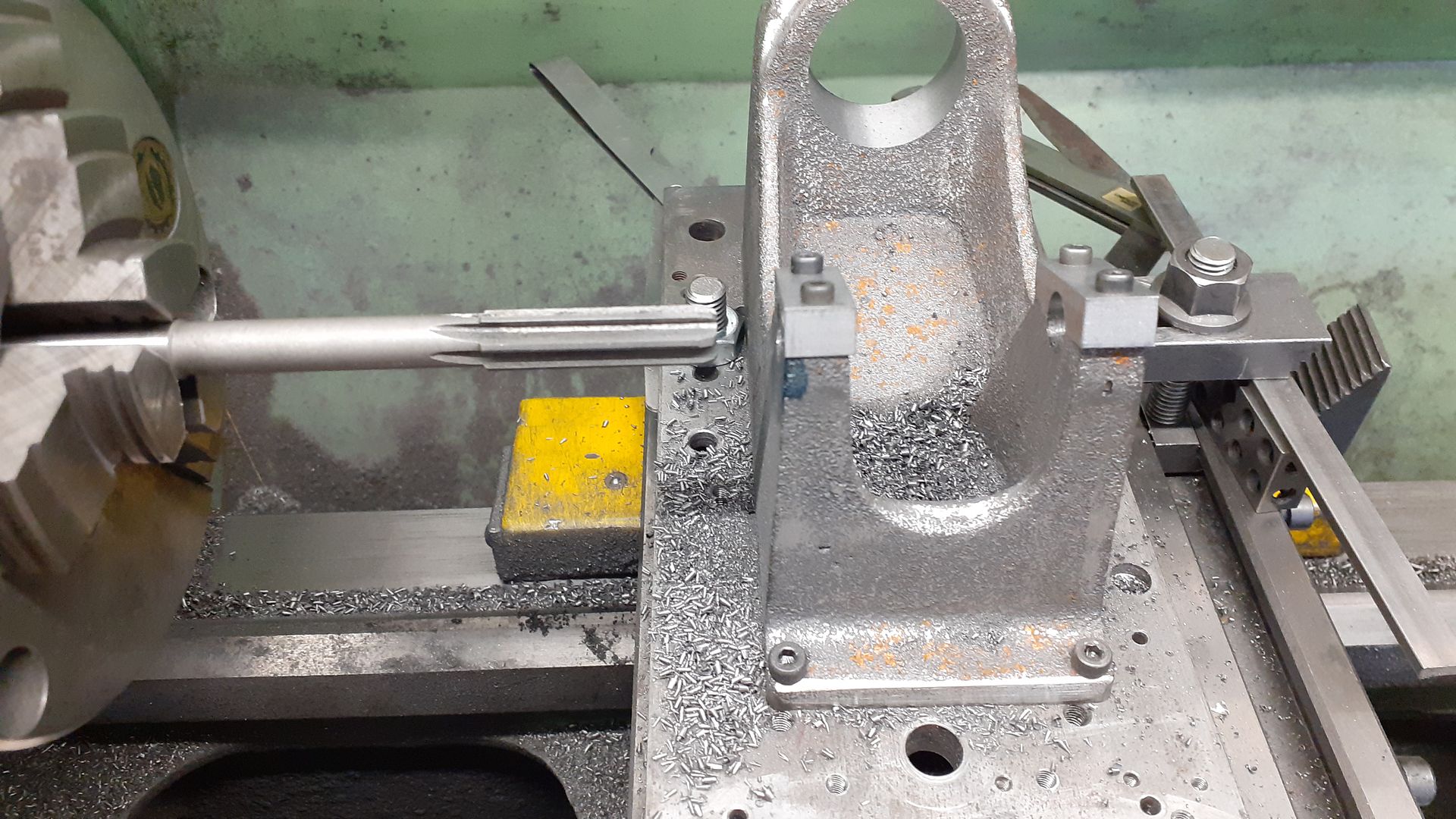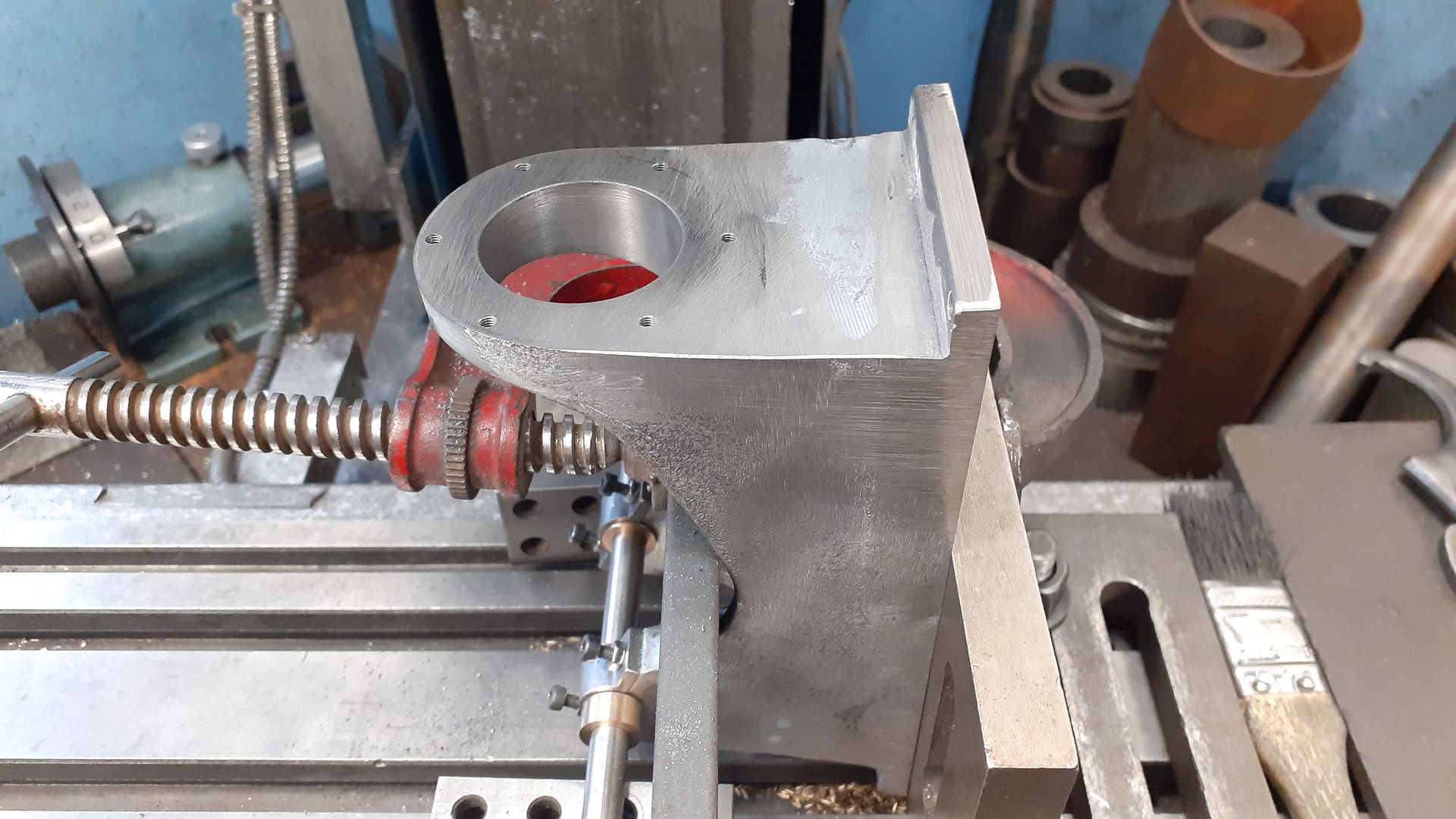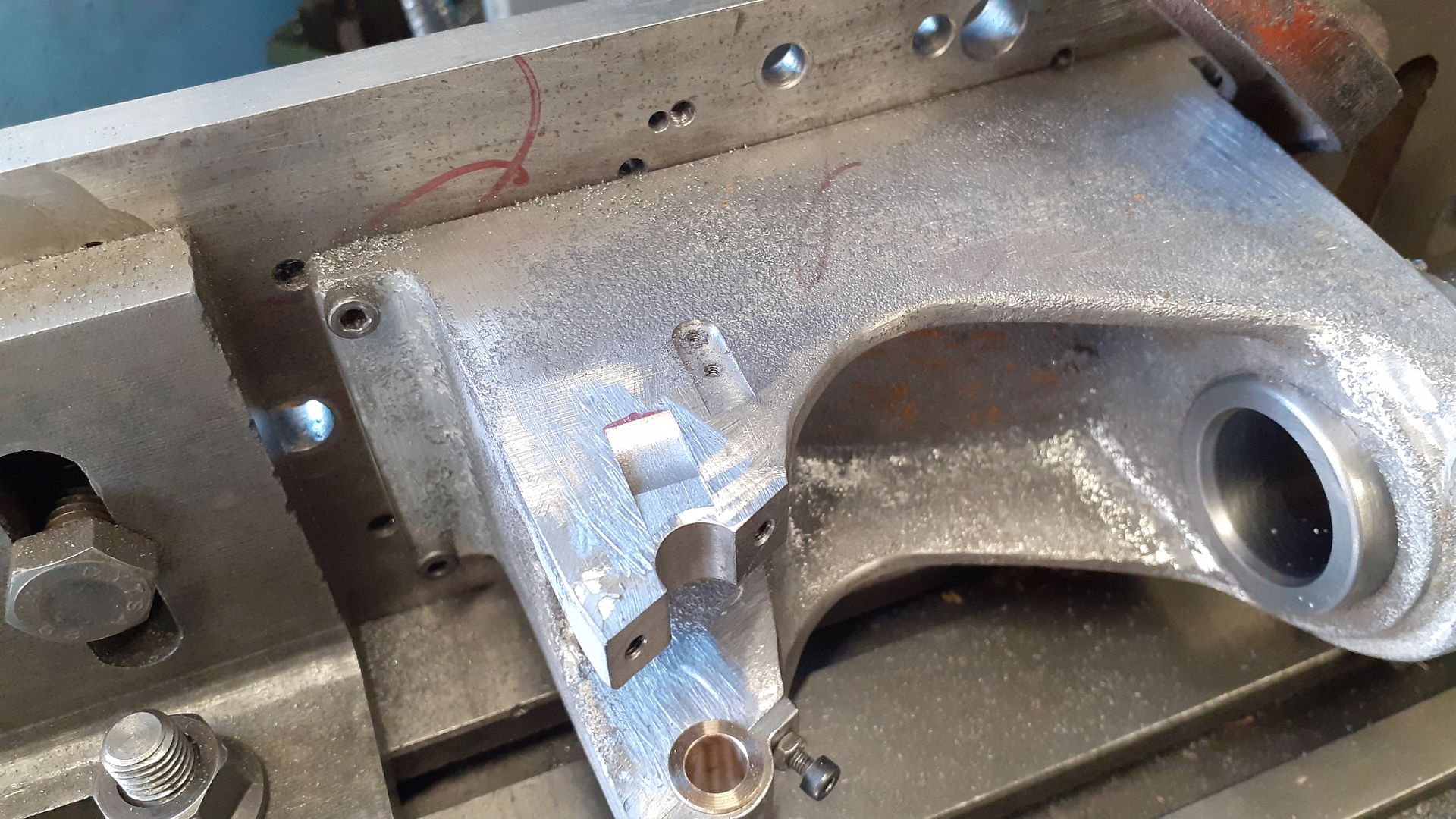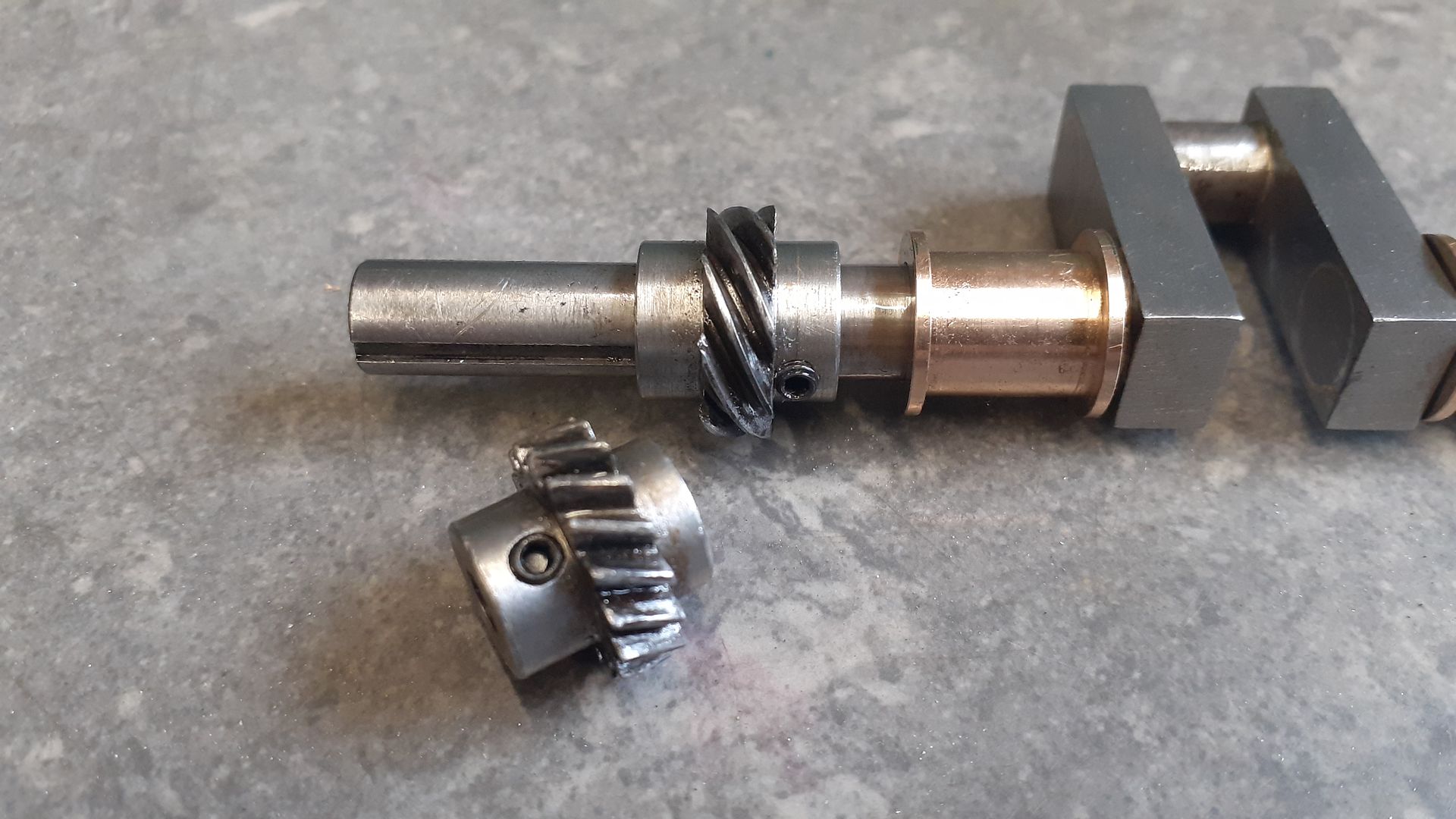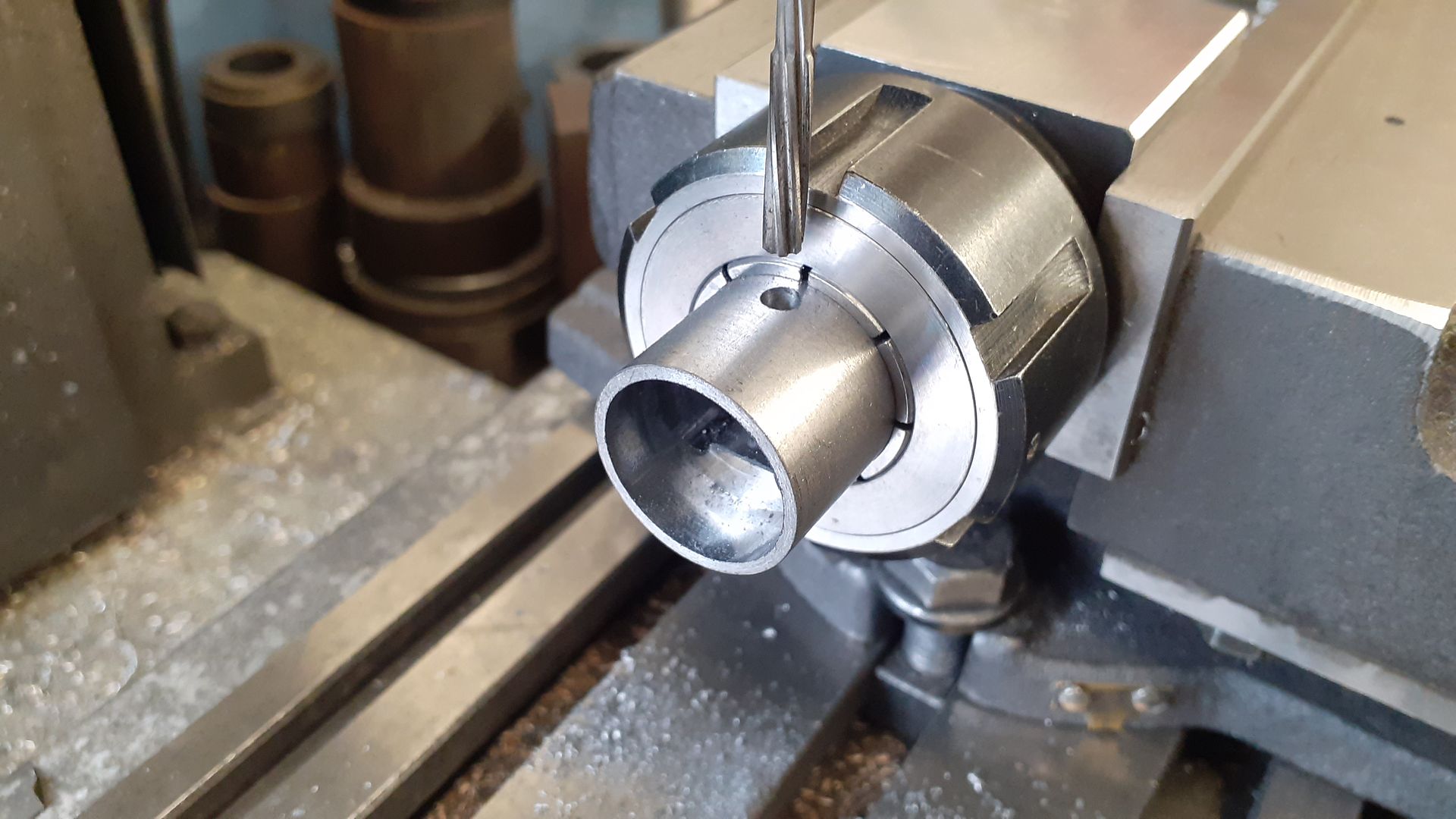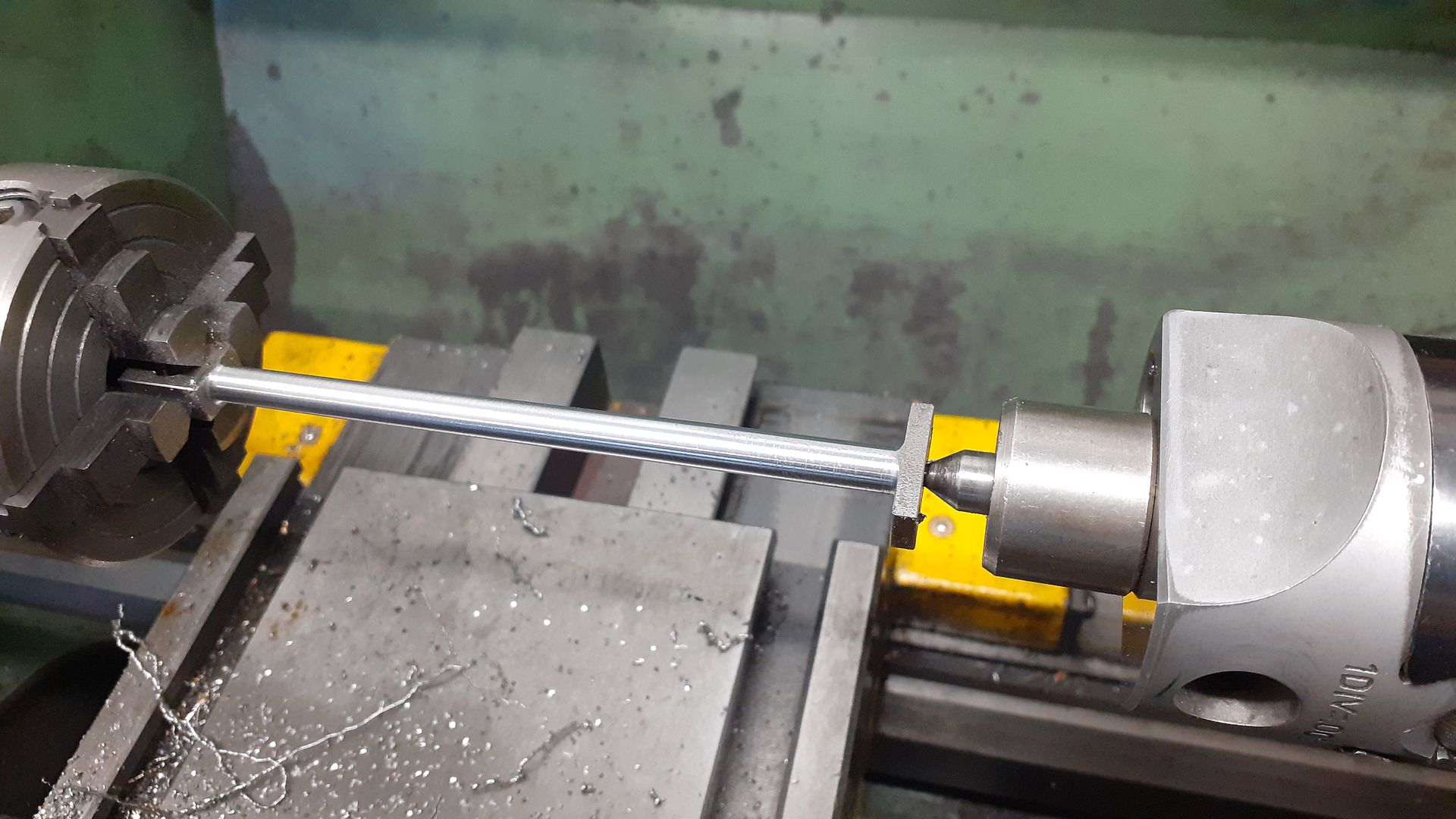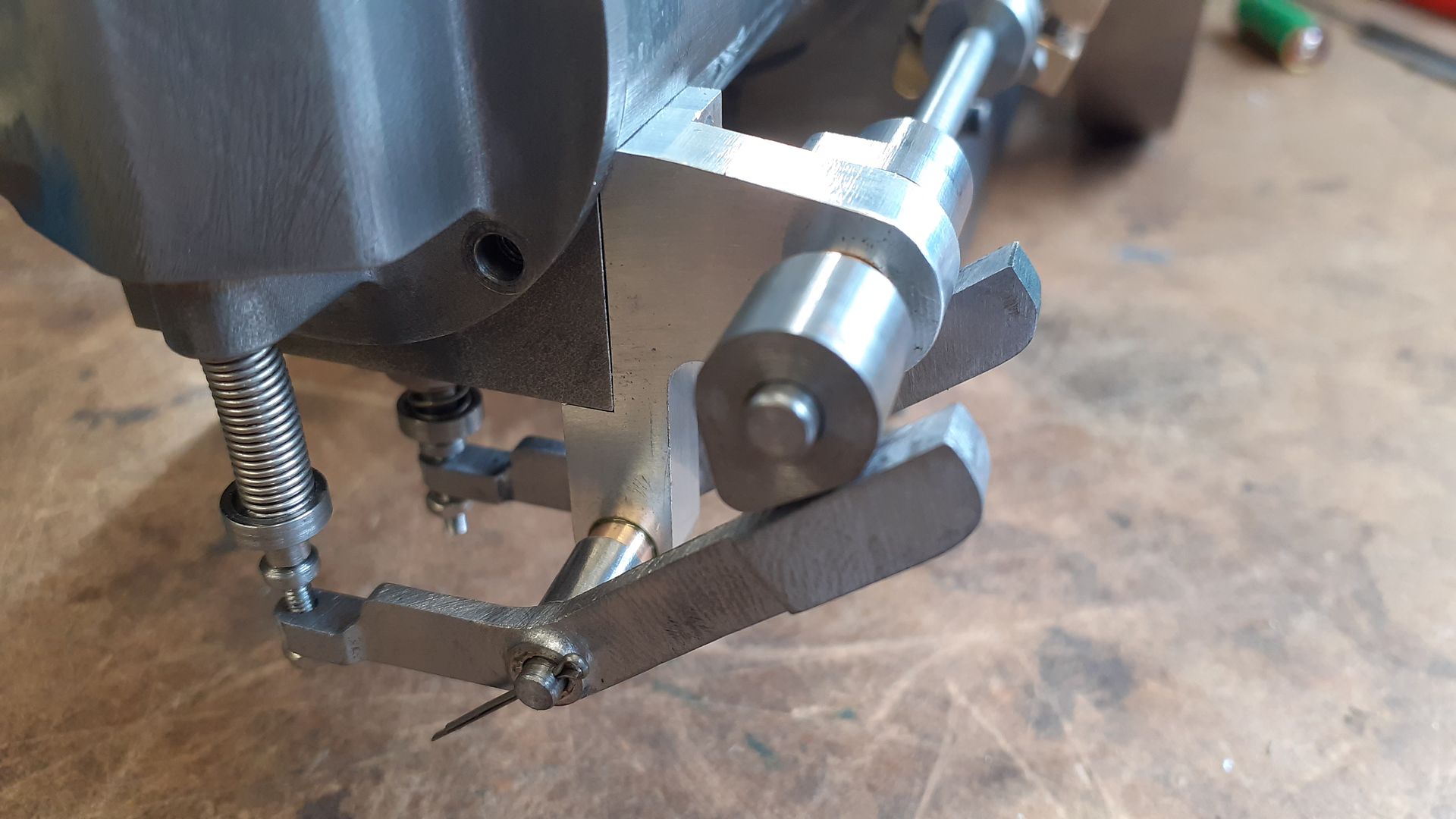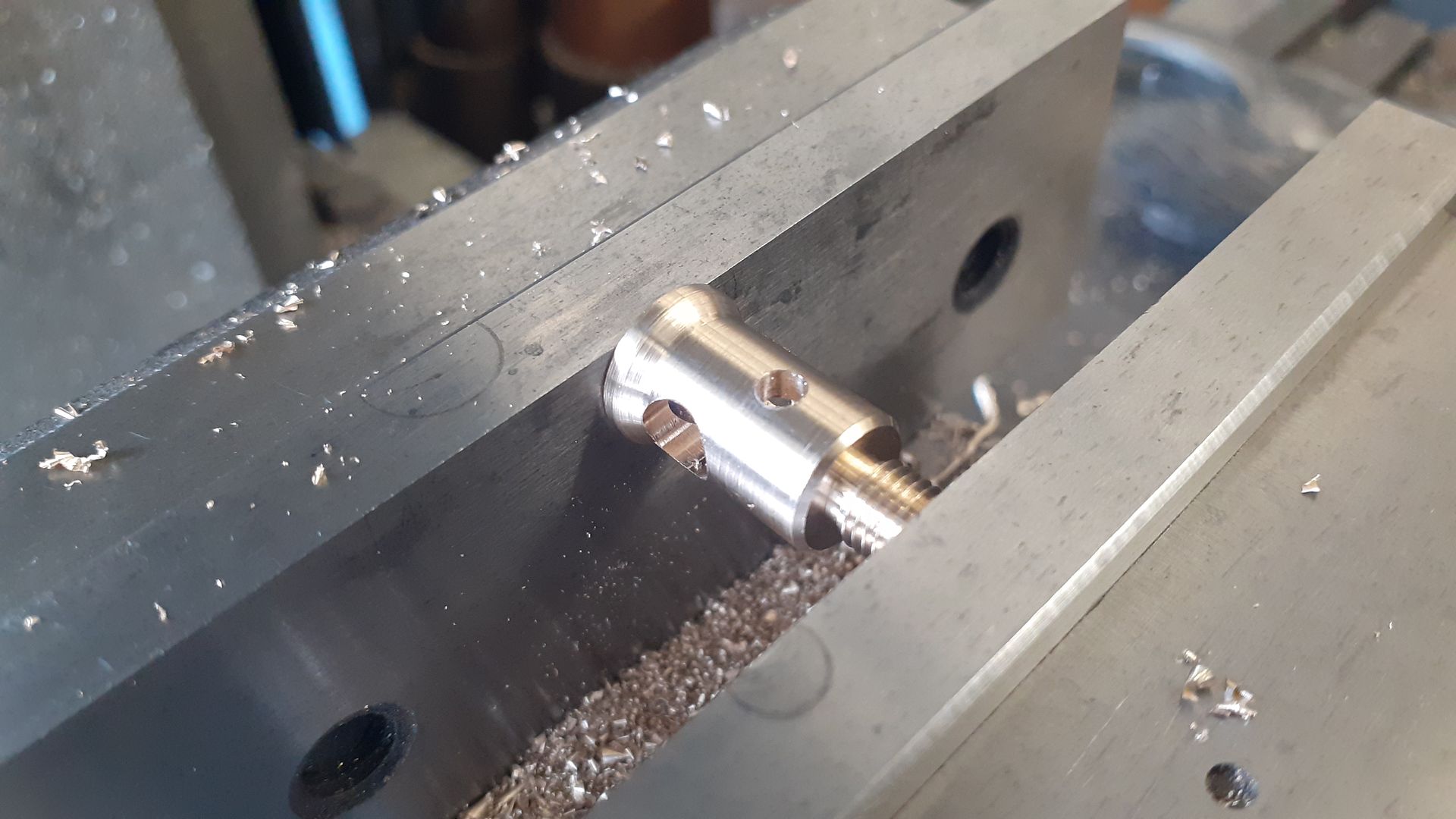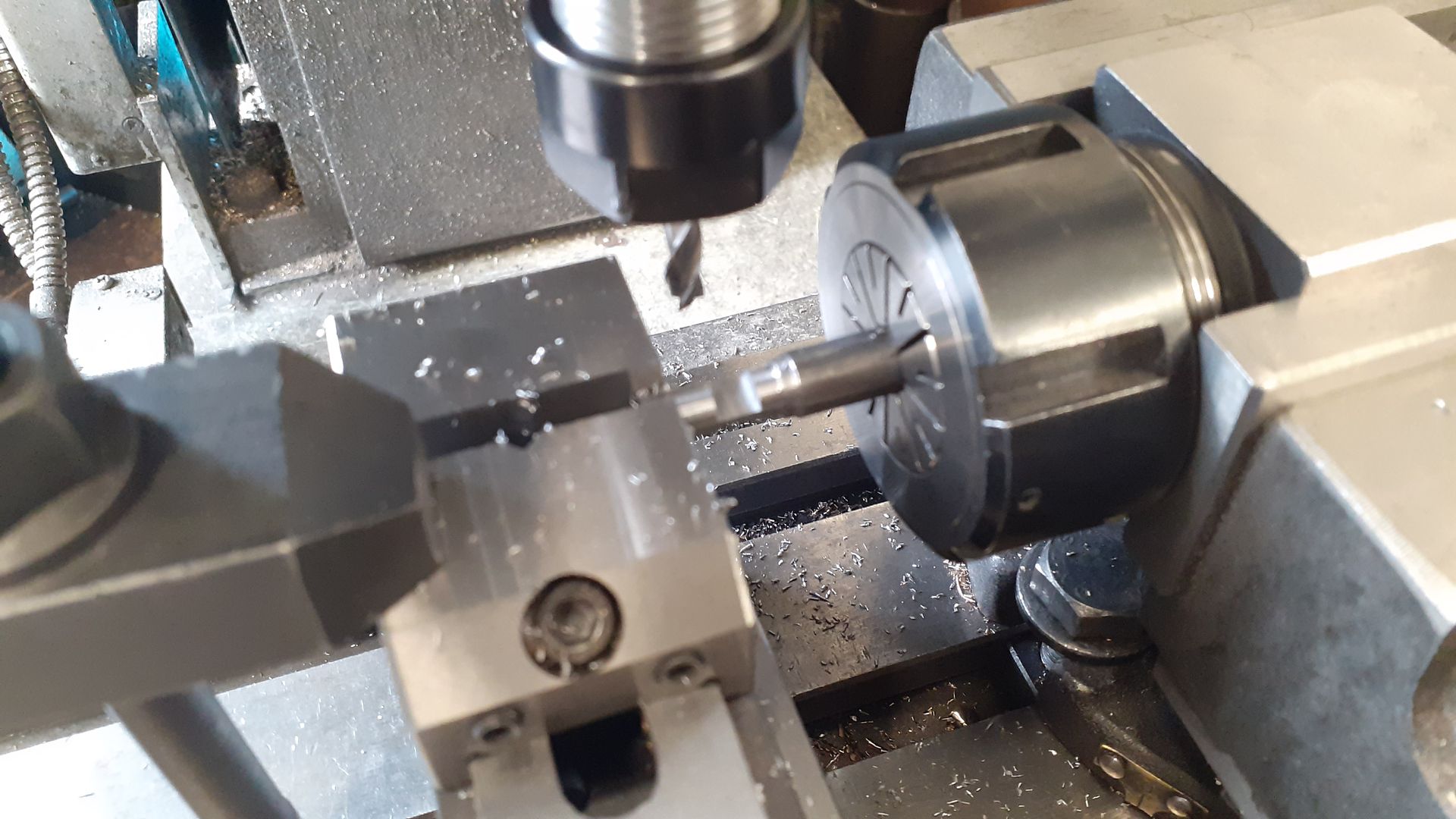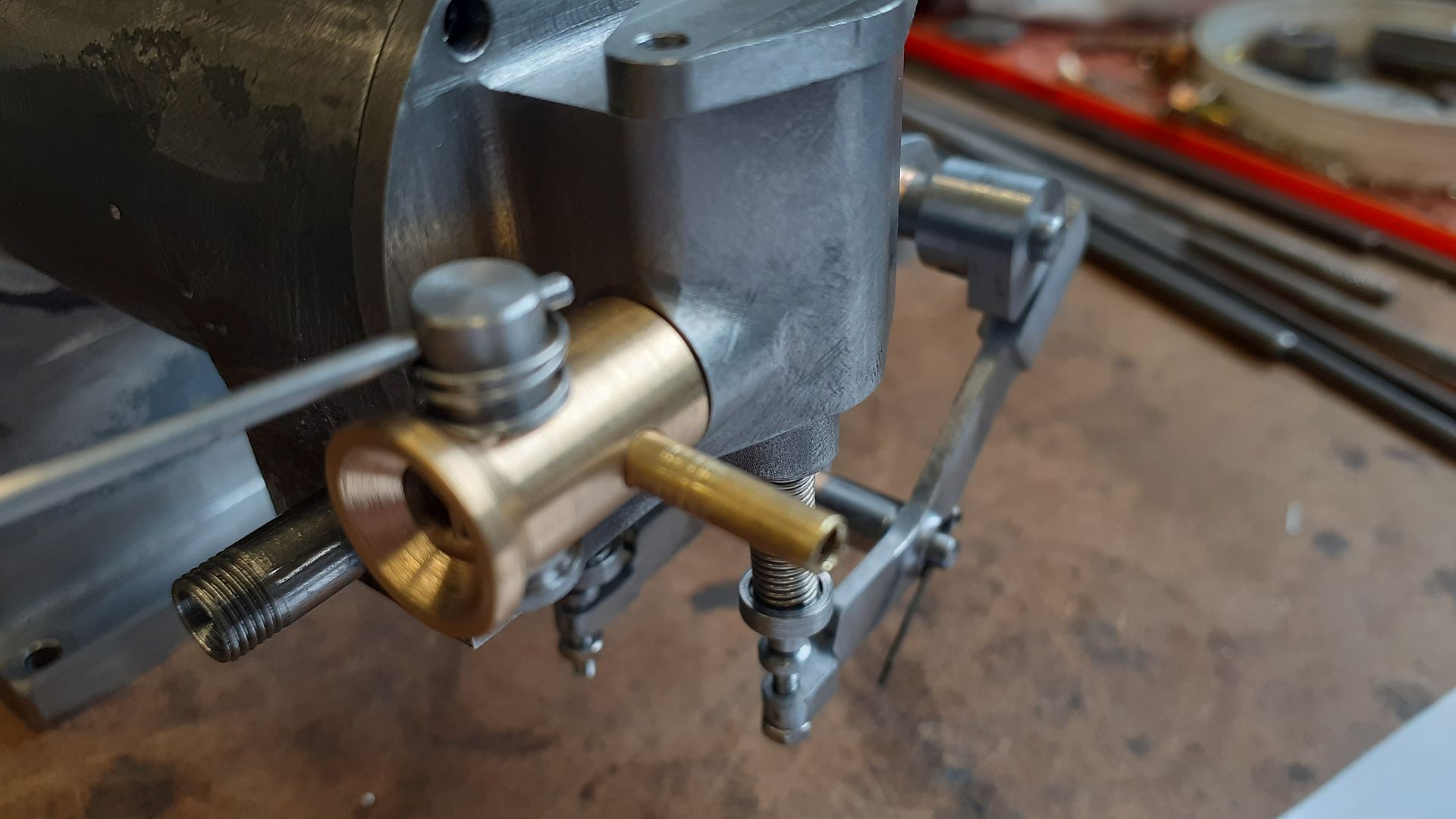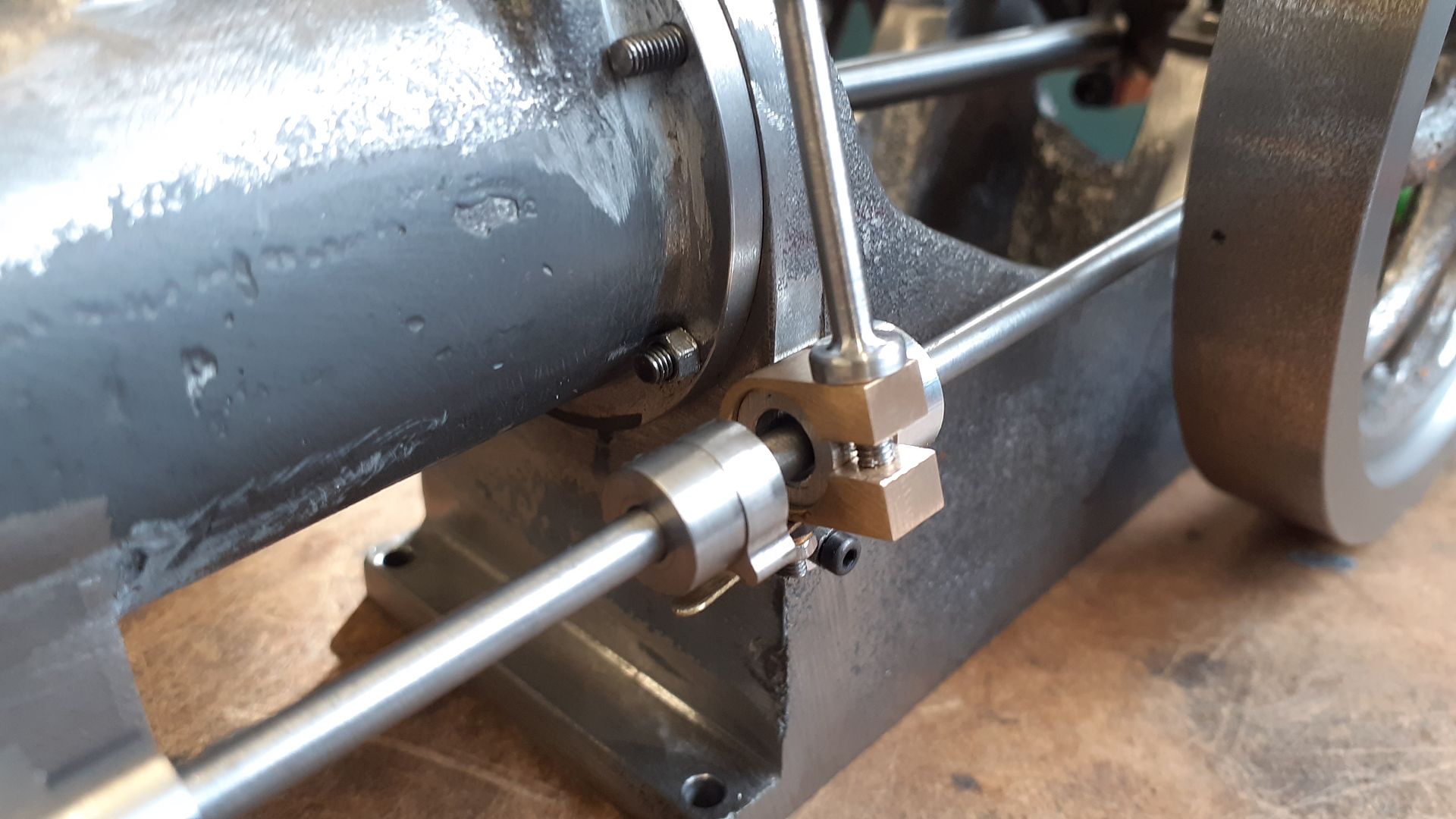Gassie – national Gas Engine
Gassie – national Gas Engine
- This topic has 16 replies, 4 voices, and was last updated 23 May 2024 at 21:04 by
Diogenes.
Viewing 17 posts - 1 through 17 (of 17 total)
Viewing 17 posts - 1 through 17 (of 17 total)
- Please log in to reply to this topic. Registering is free and easy using the links on the menu at the top of this page.
Latest Replies
Viewing 25 topics - 1 through 25 (of 25 total)
-
- Topic
- Voices
- Last Post
Viewing 25 topics - 1 through 25 (of 25 total)
Latest Issue
Newsletter Sign-up
Latest Replies
- Measuring a double Vee lathe bed Vee position
- Drawings for constructing a Rolling Road
- Silver steel crankshaft
- Herbert B drill information?
- How many spokes do I really need?
- TurboCAD – Alibre File Transfers.
- Electronic leadscrew pitching error
- Advice to machine stationary engine base plate
- Boiler Design – issue 4765
- I’m Under Pressure


